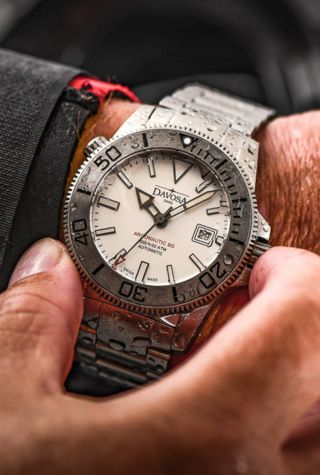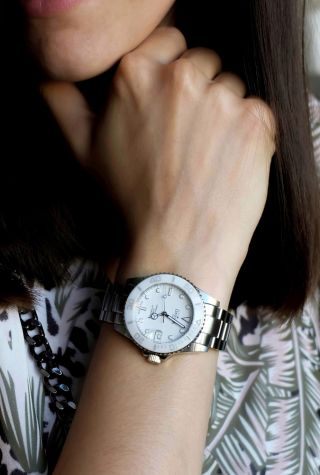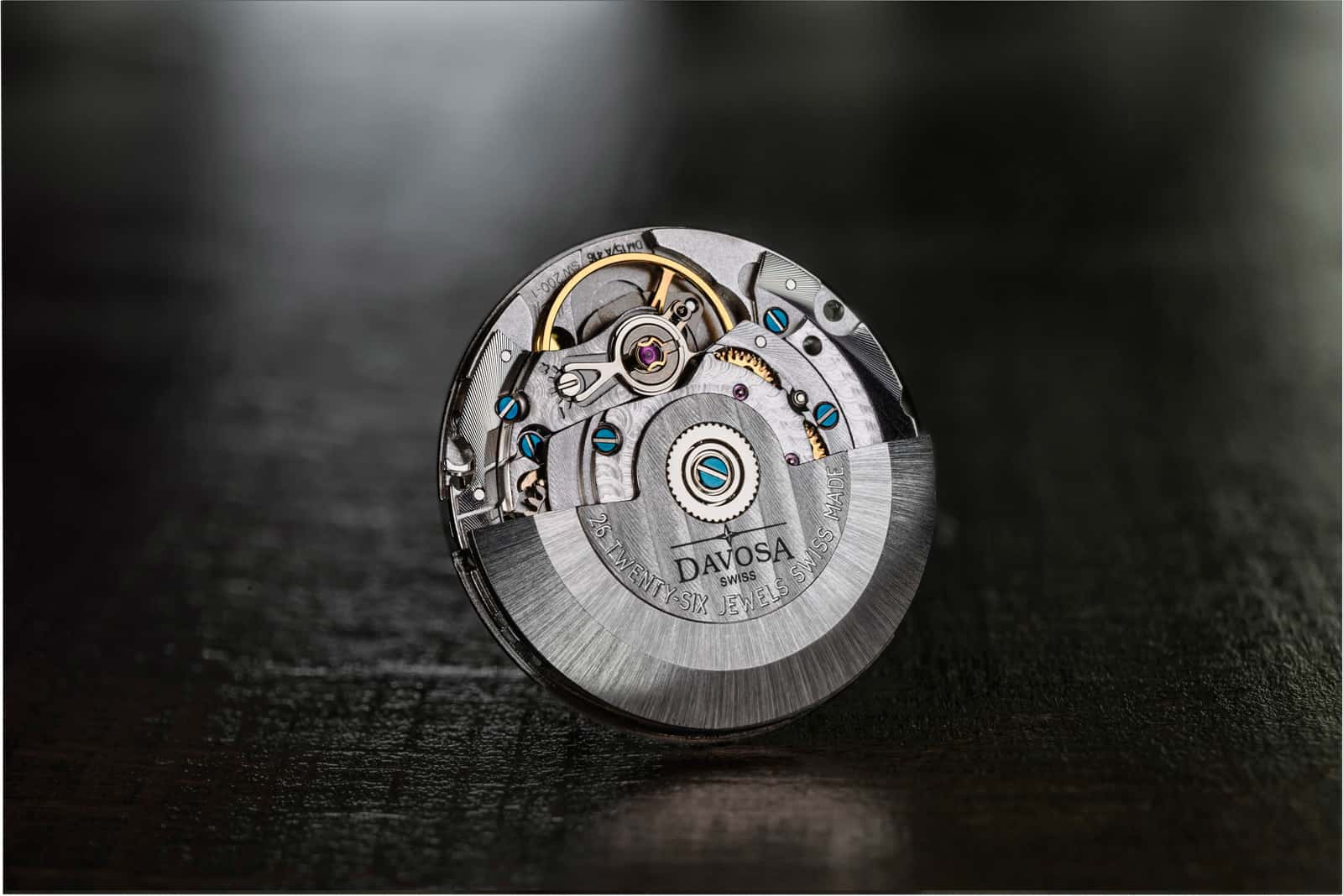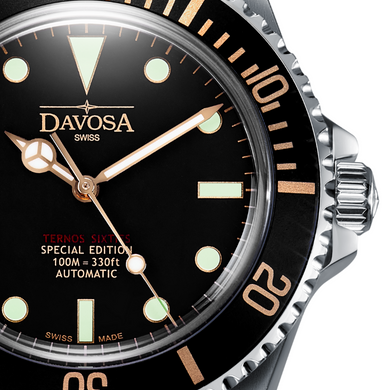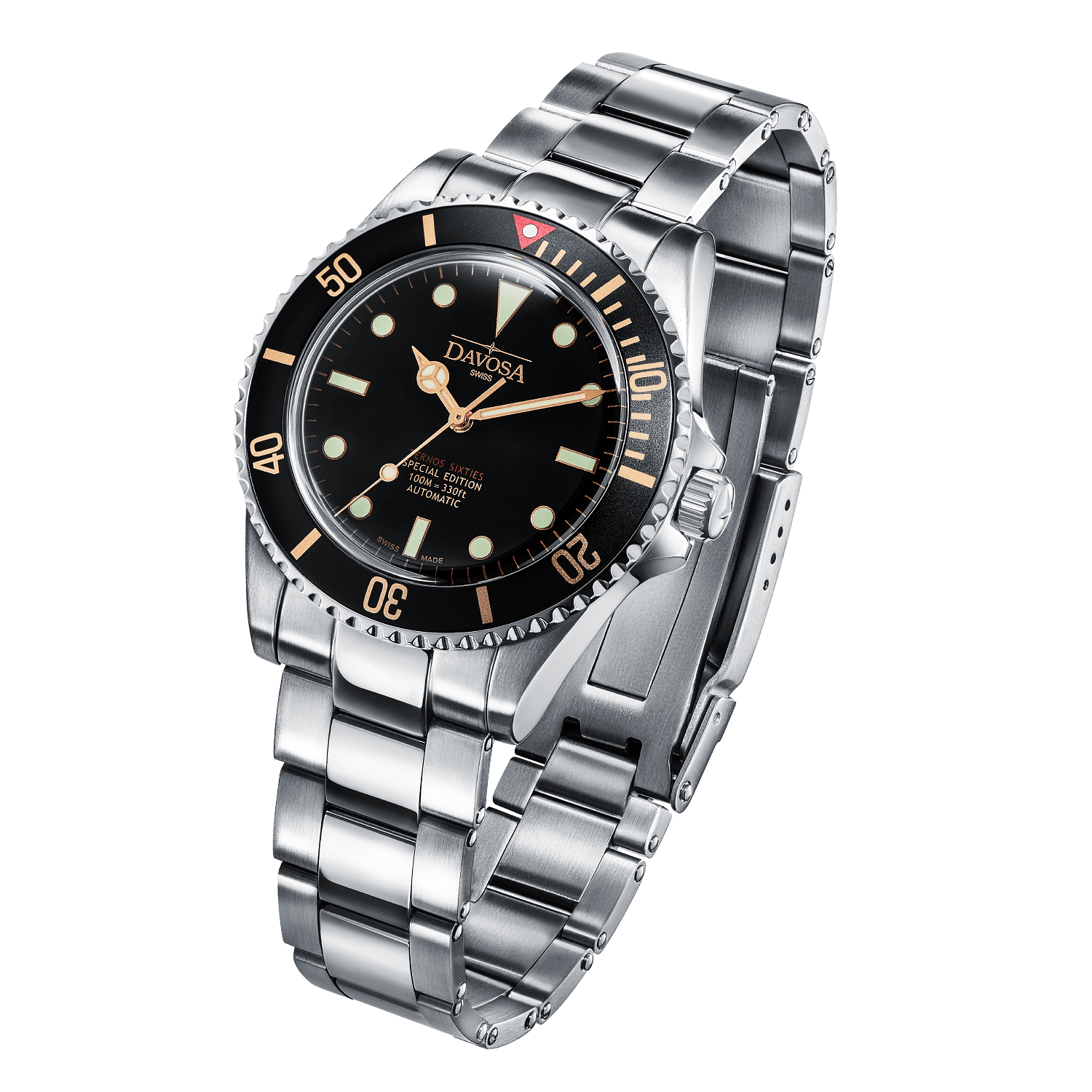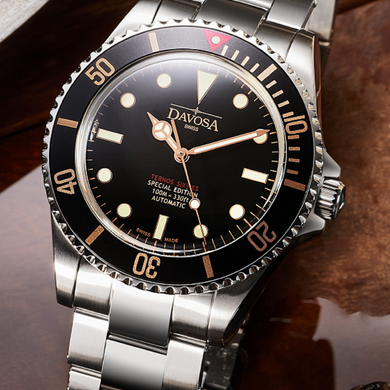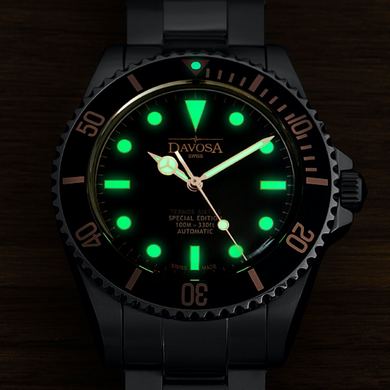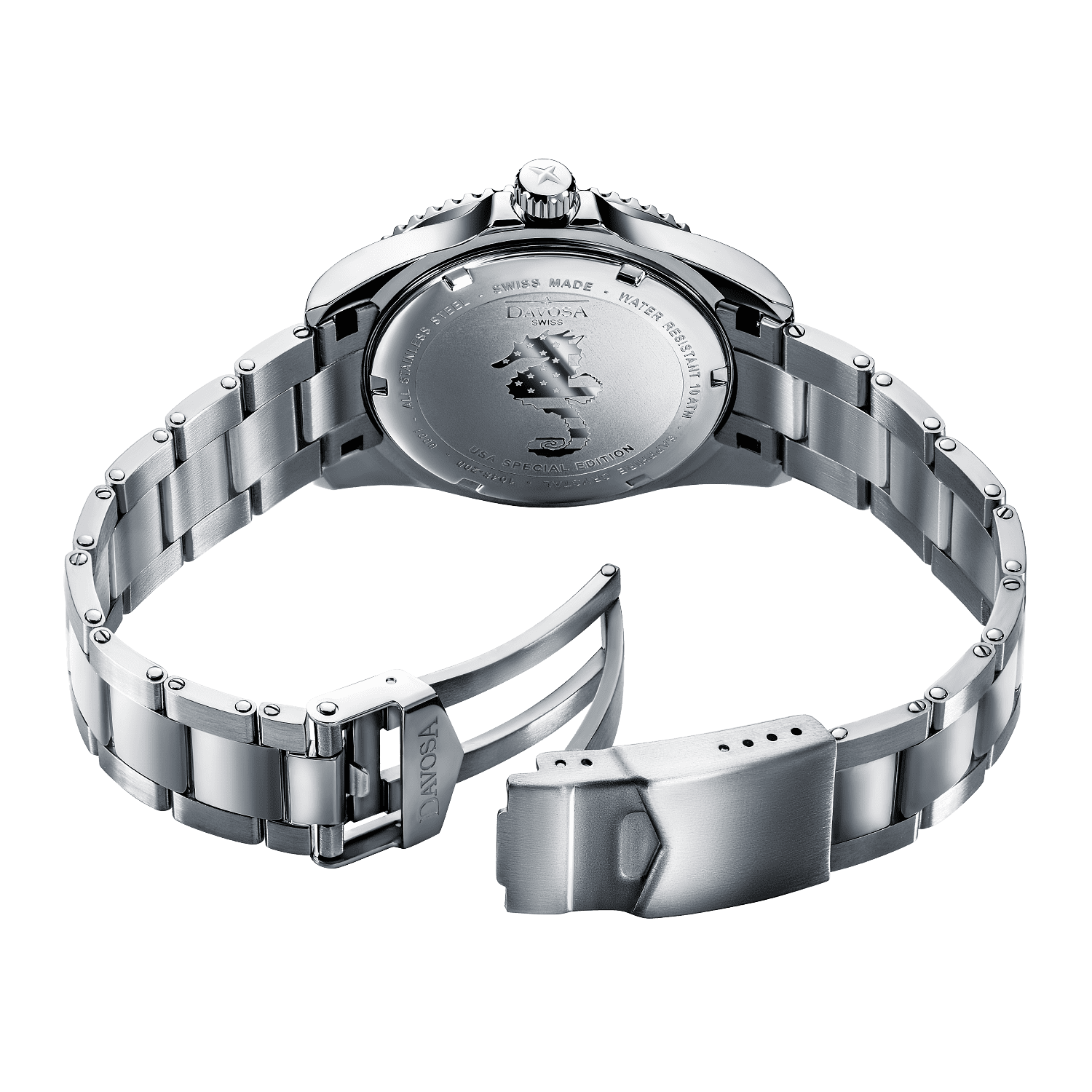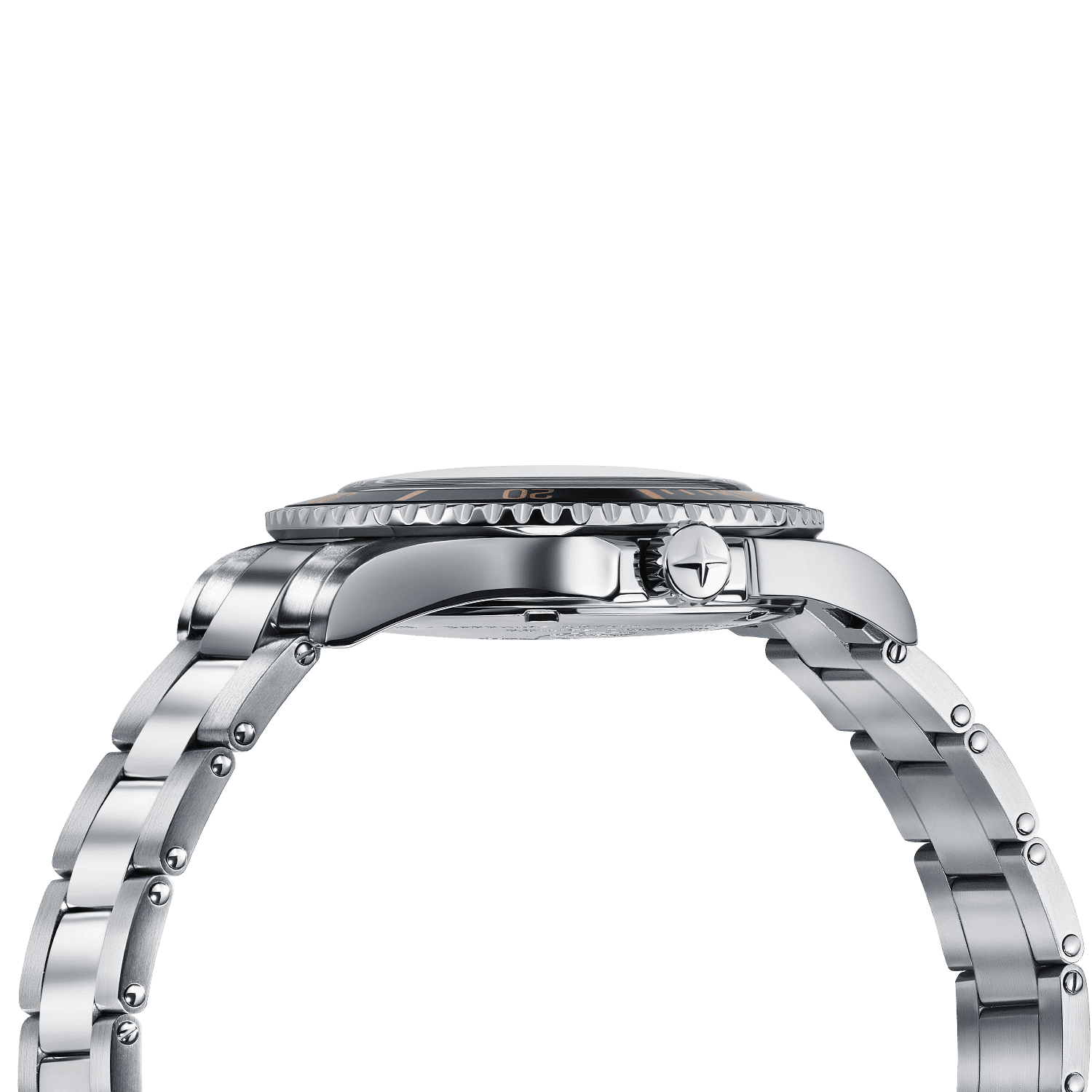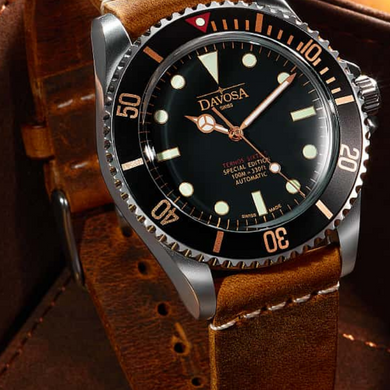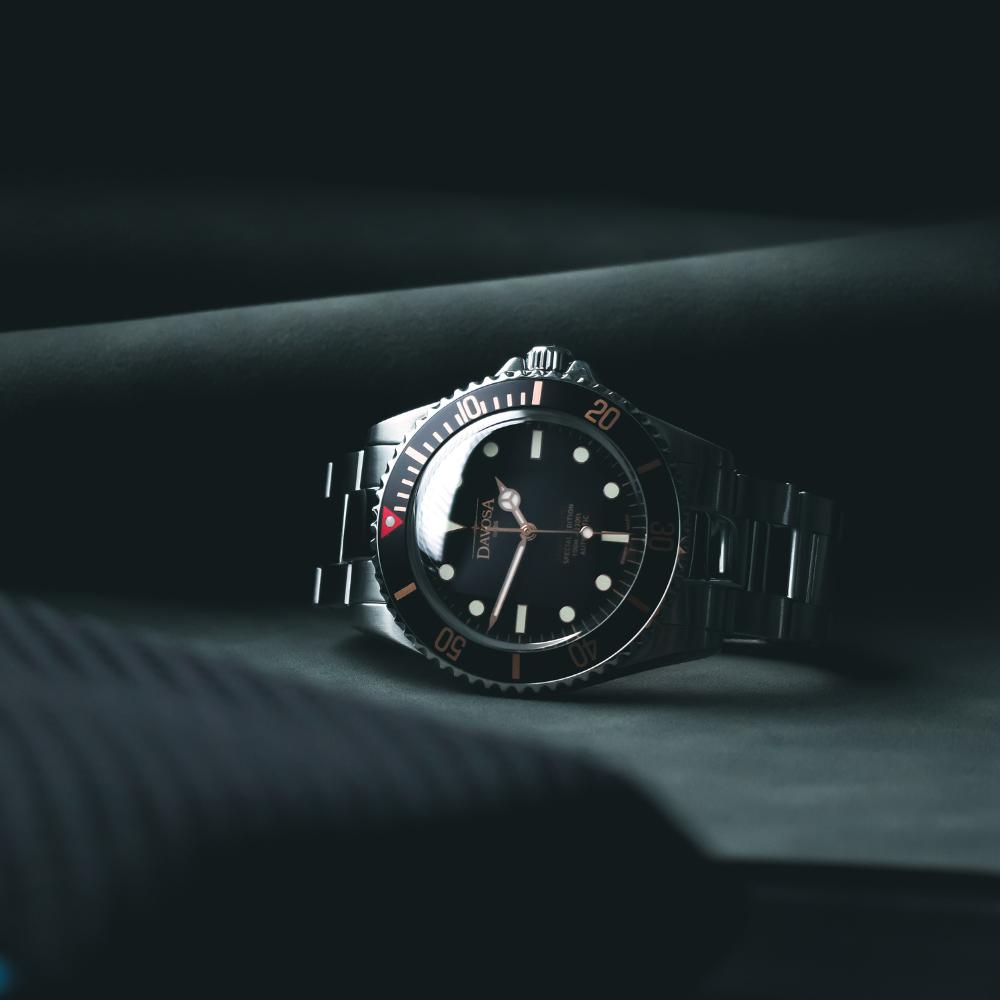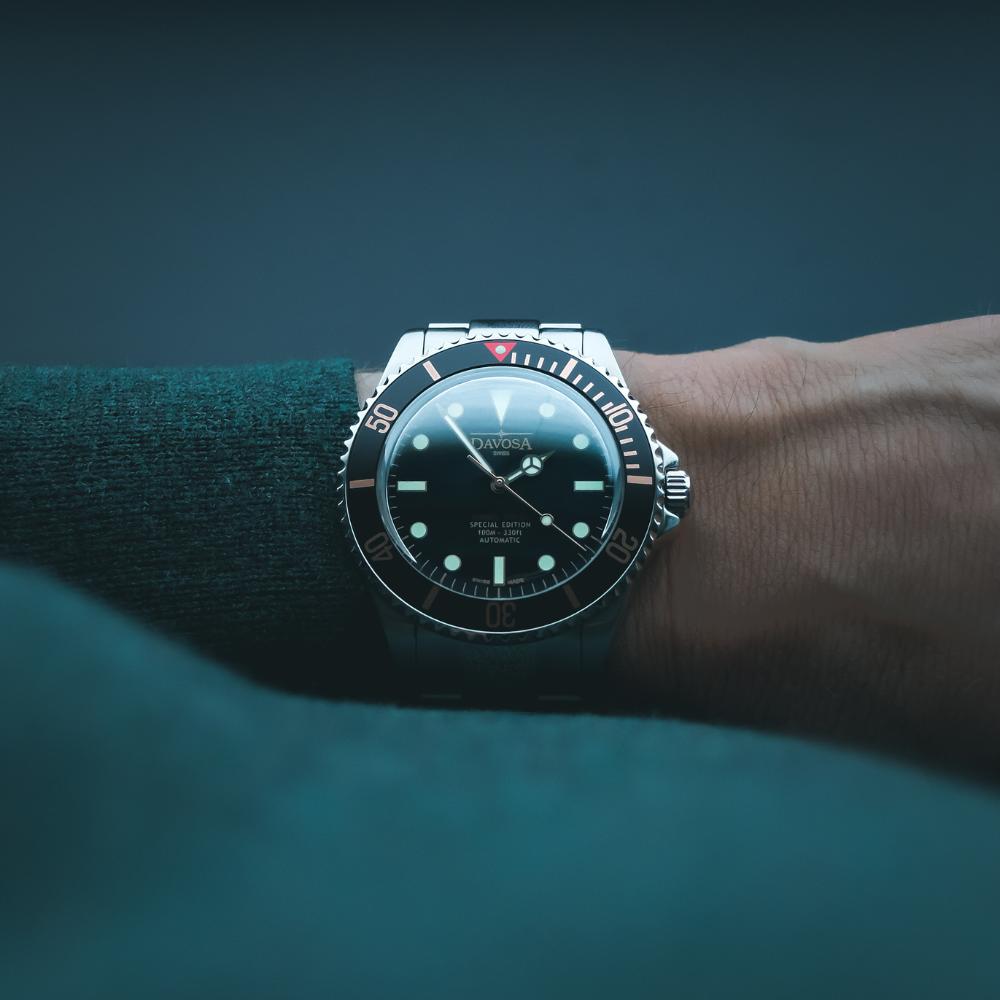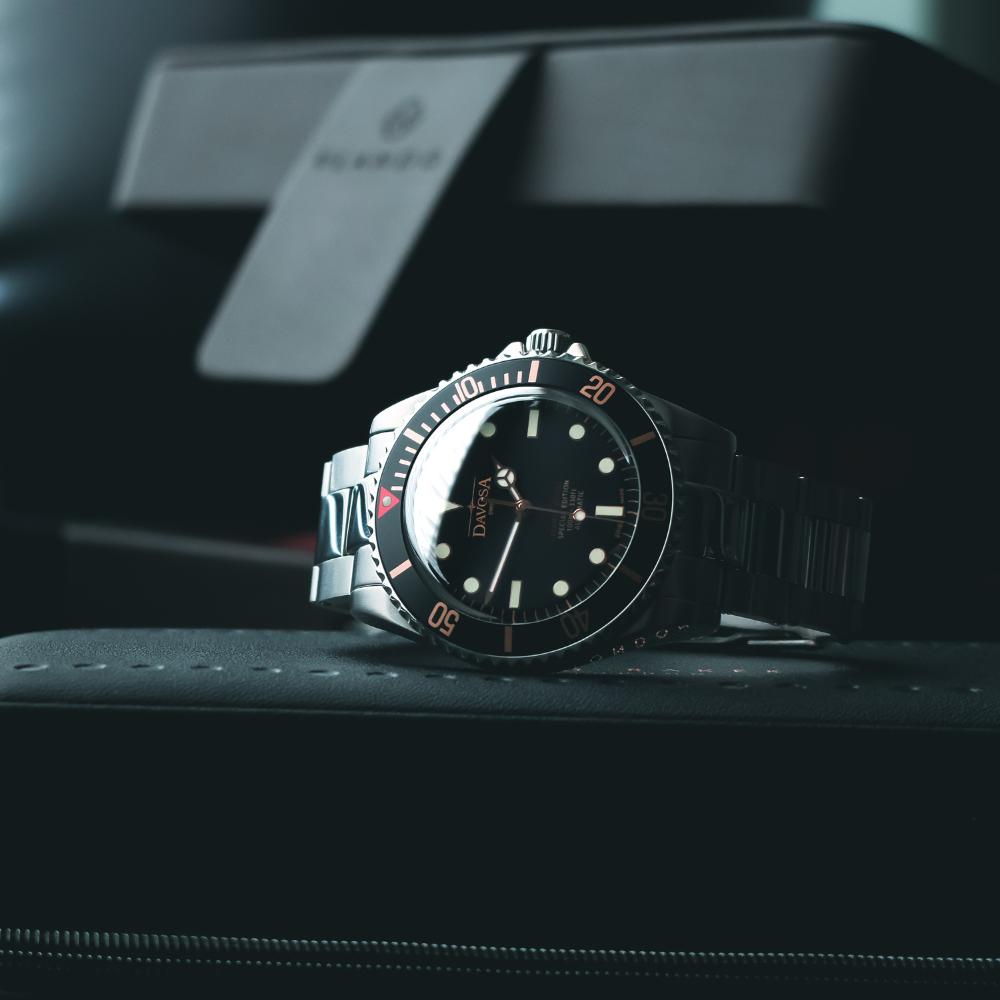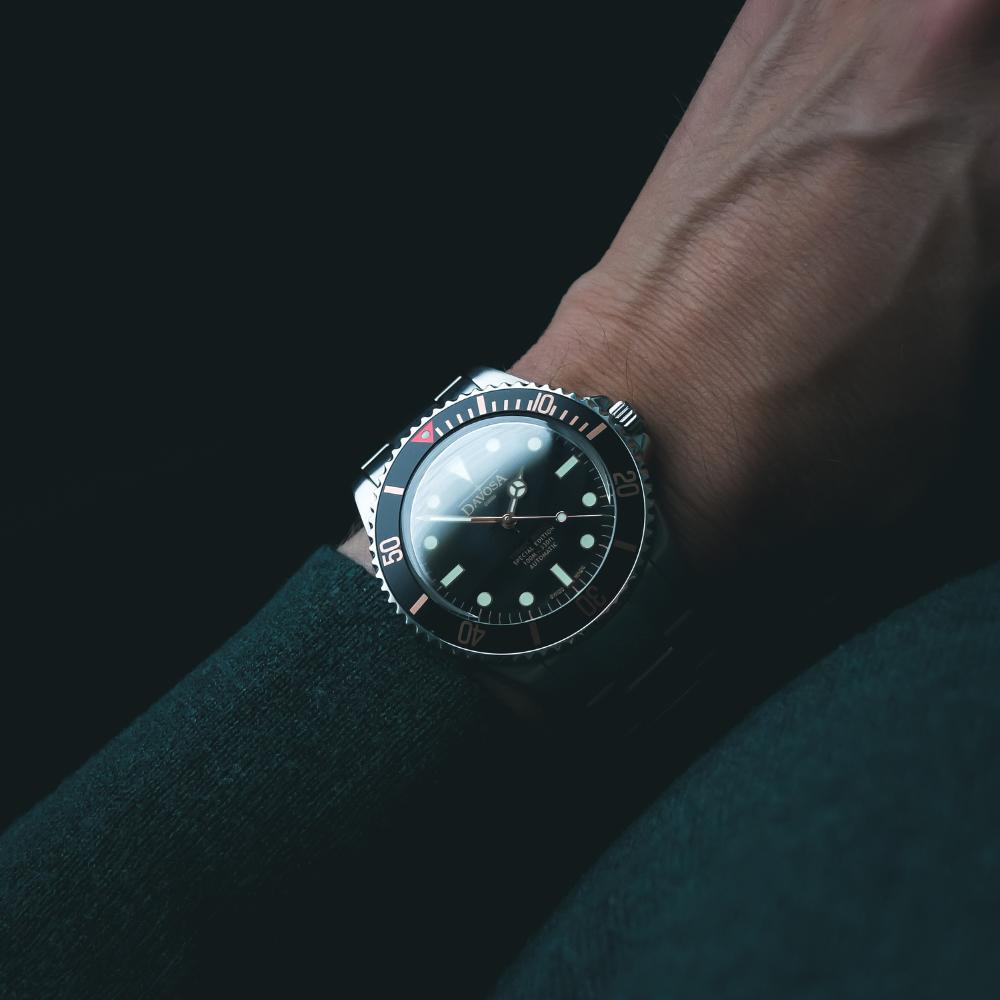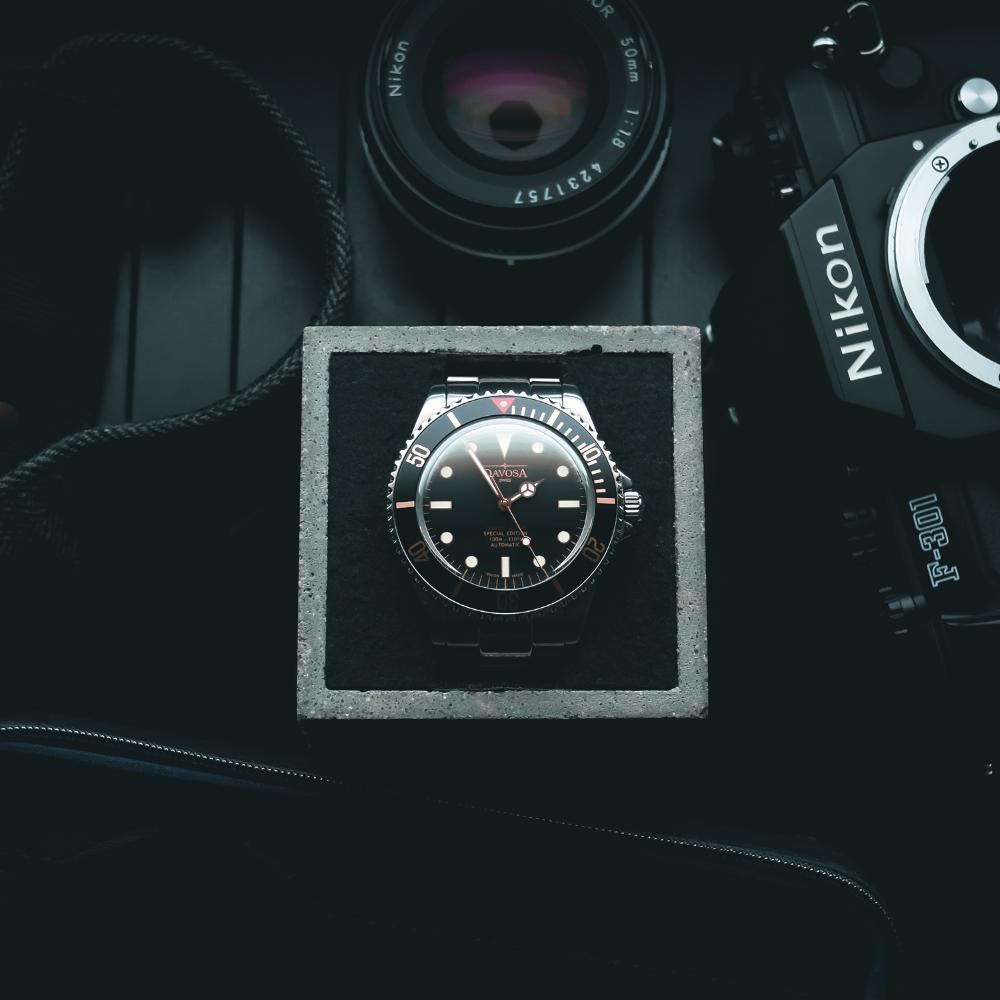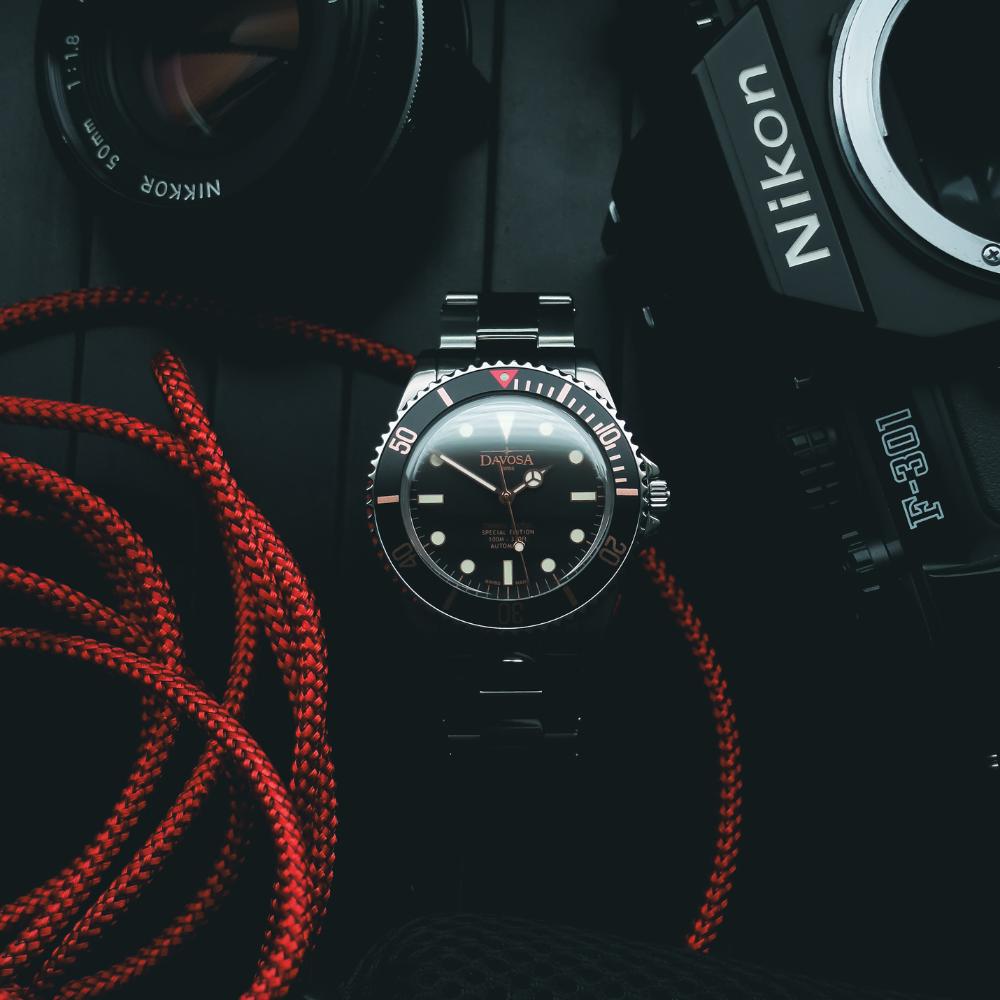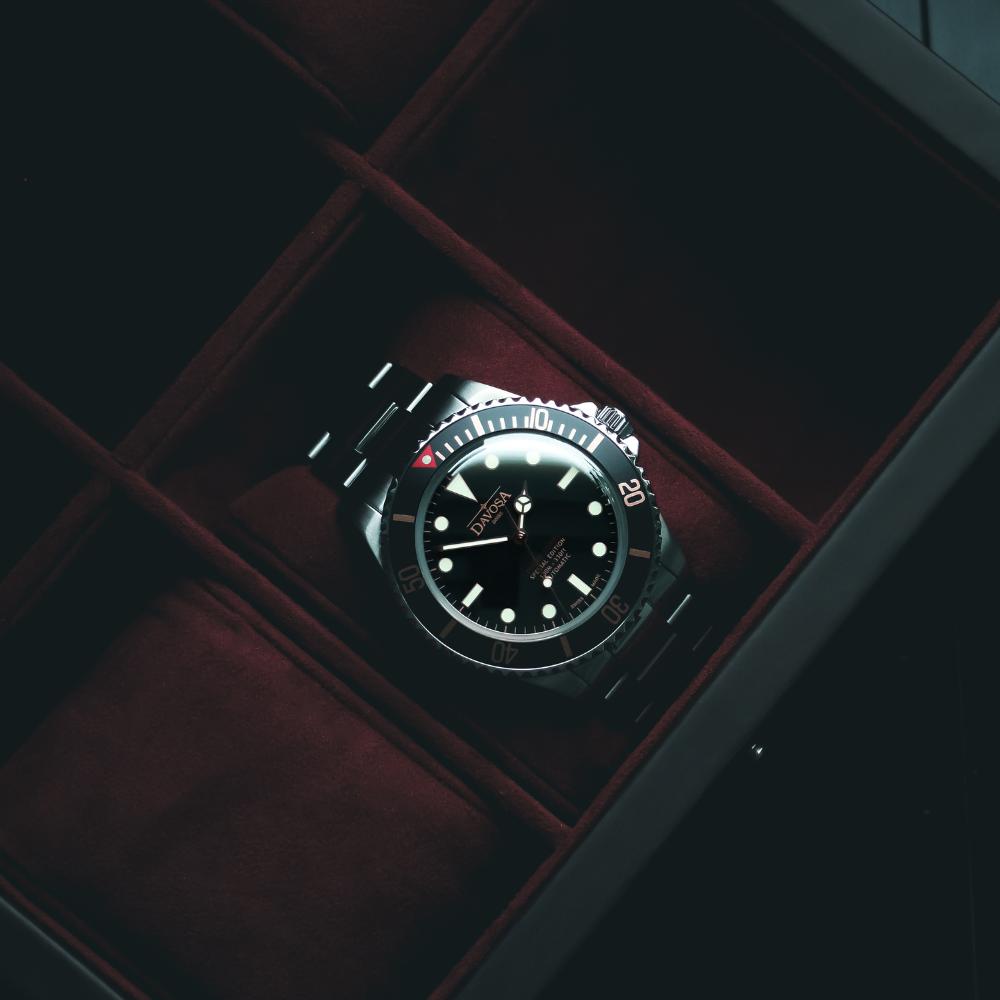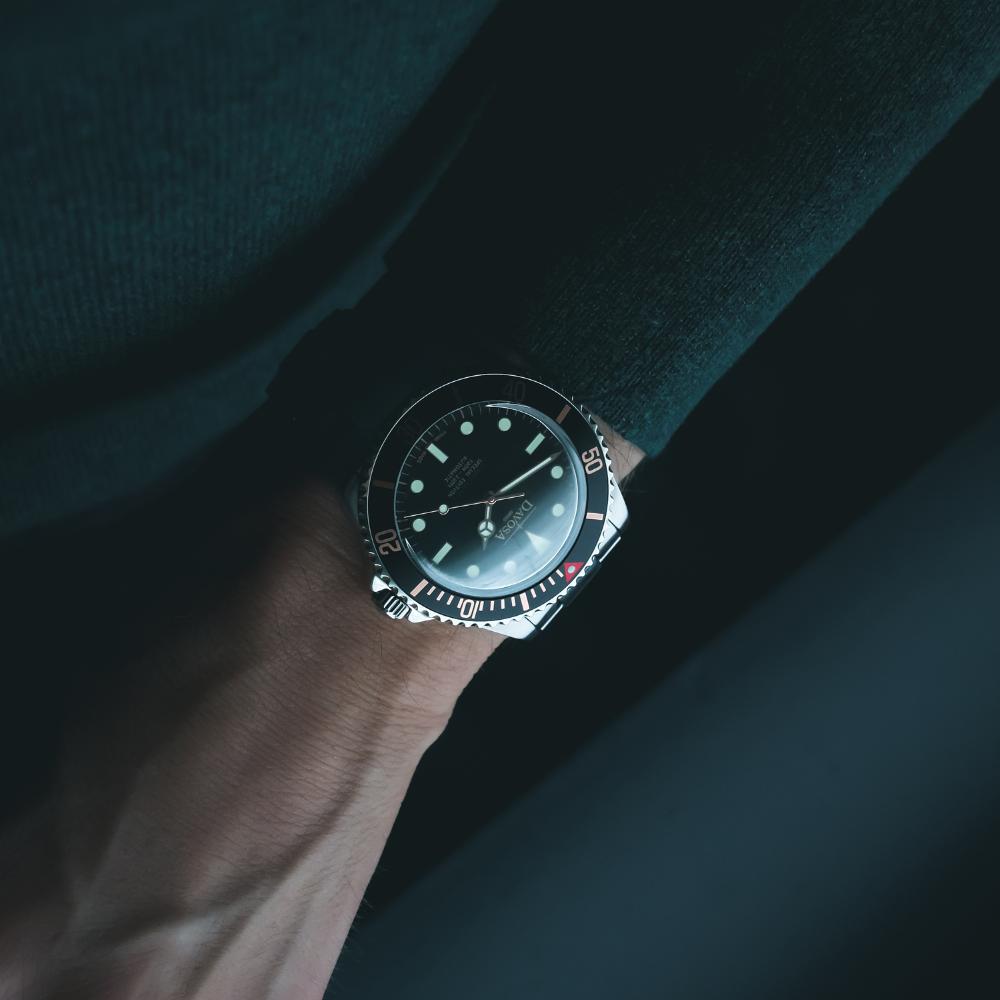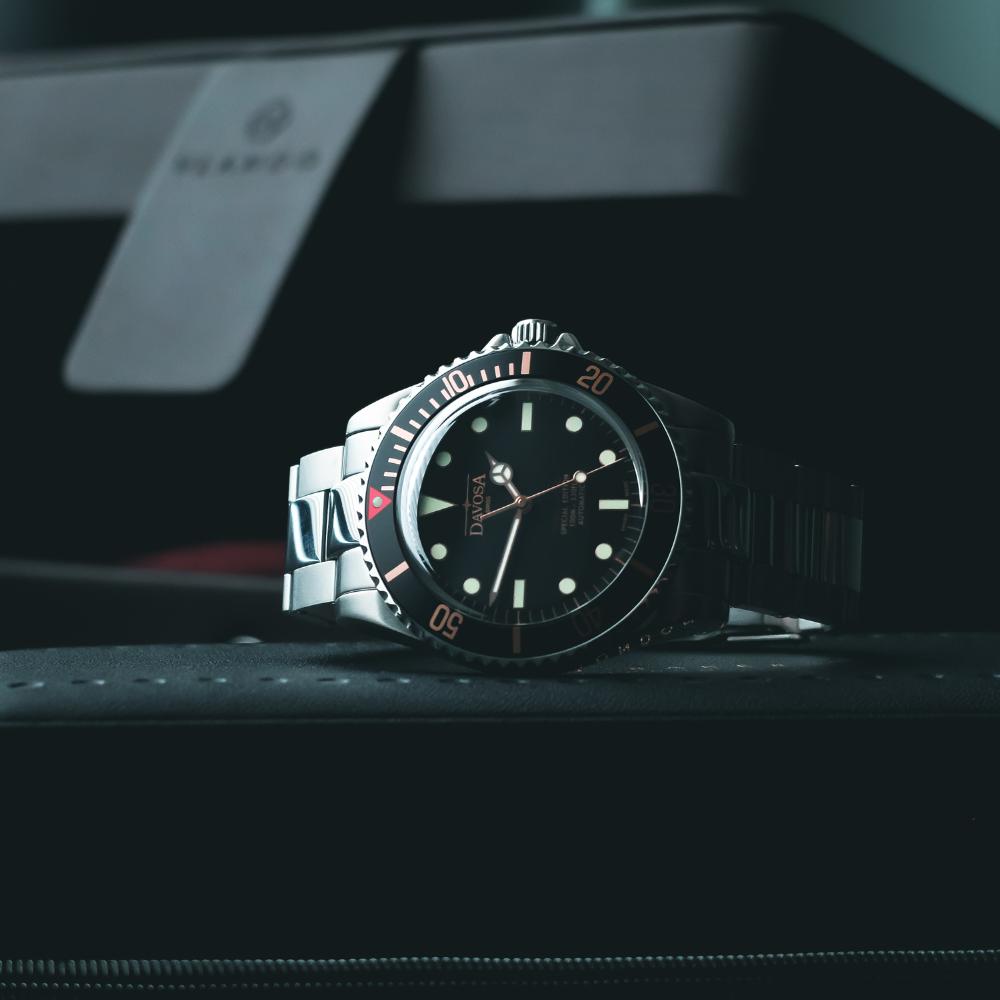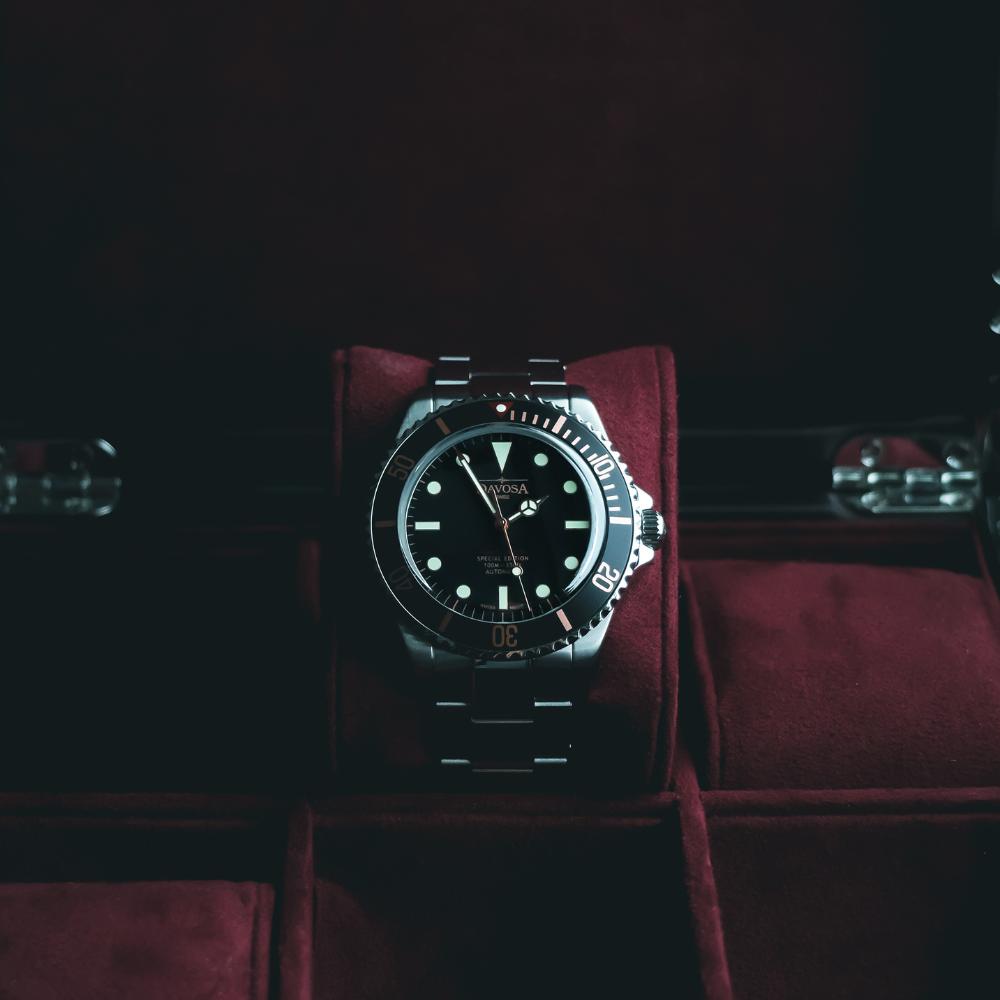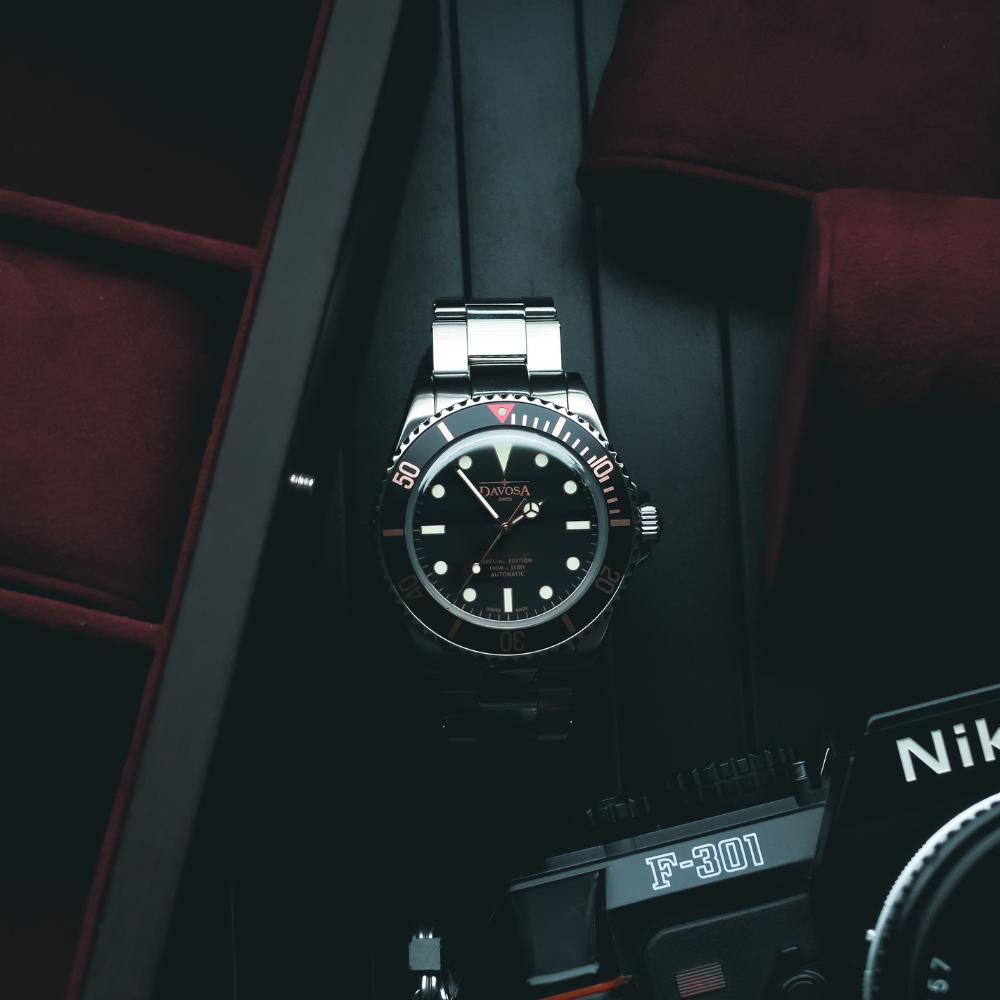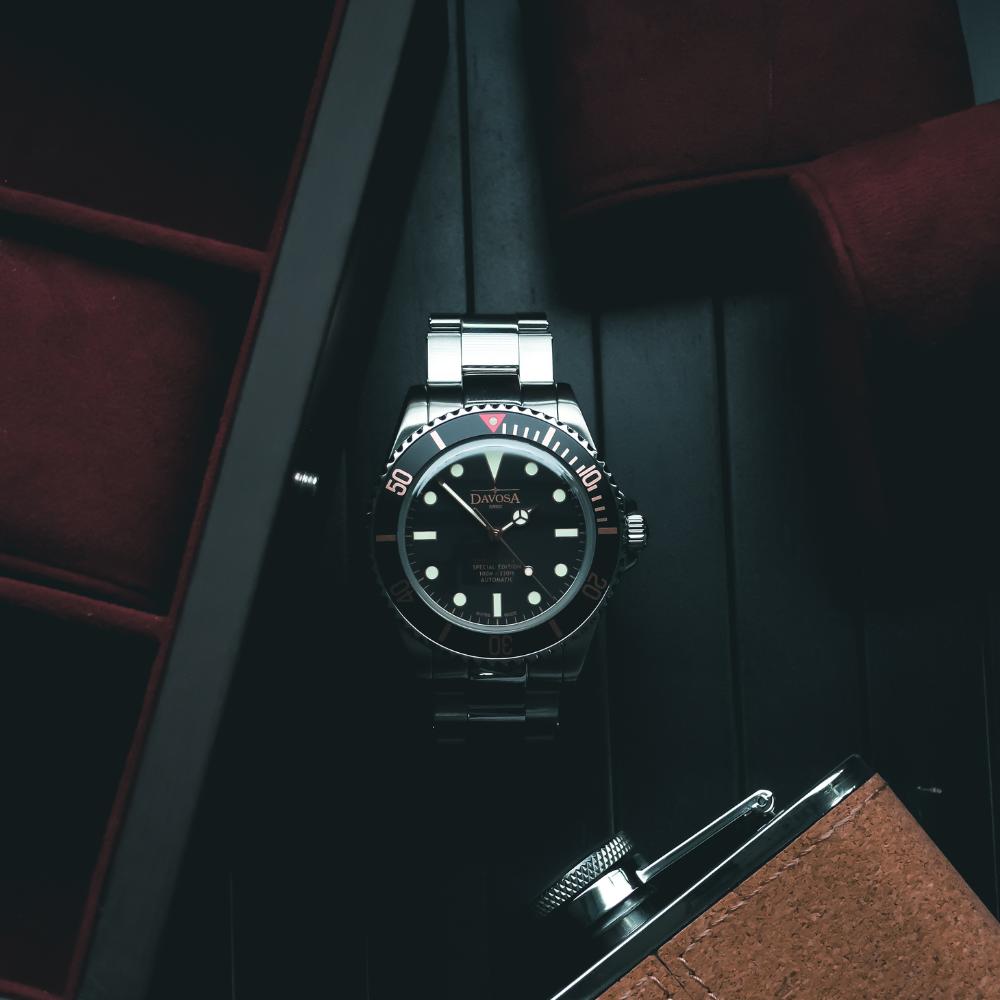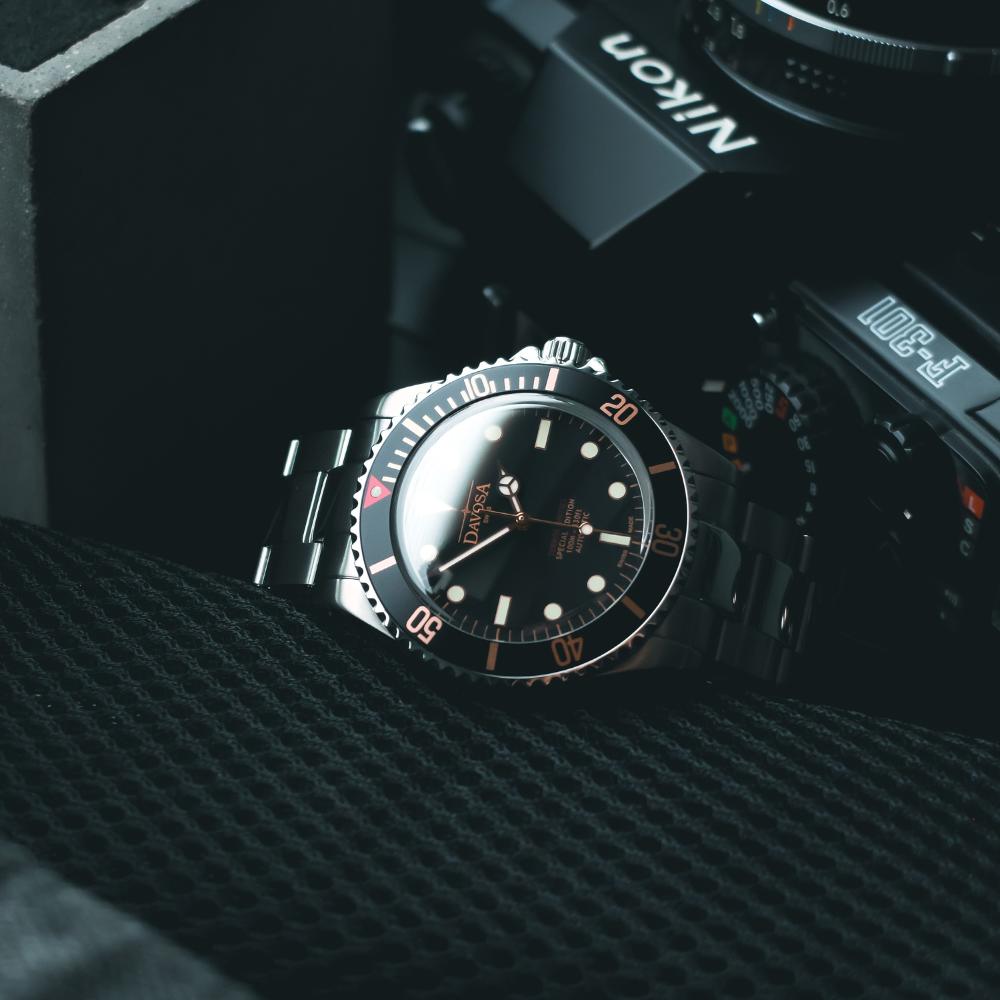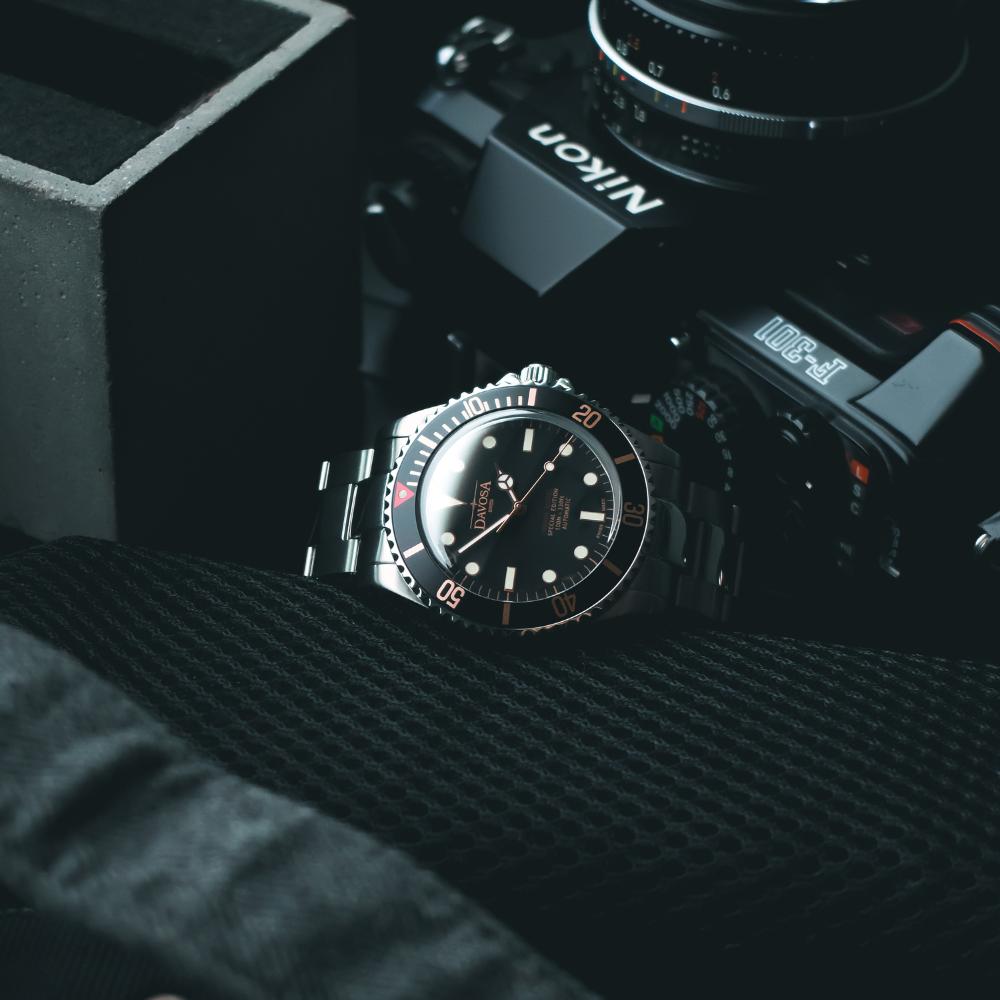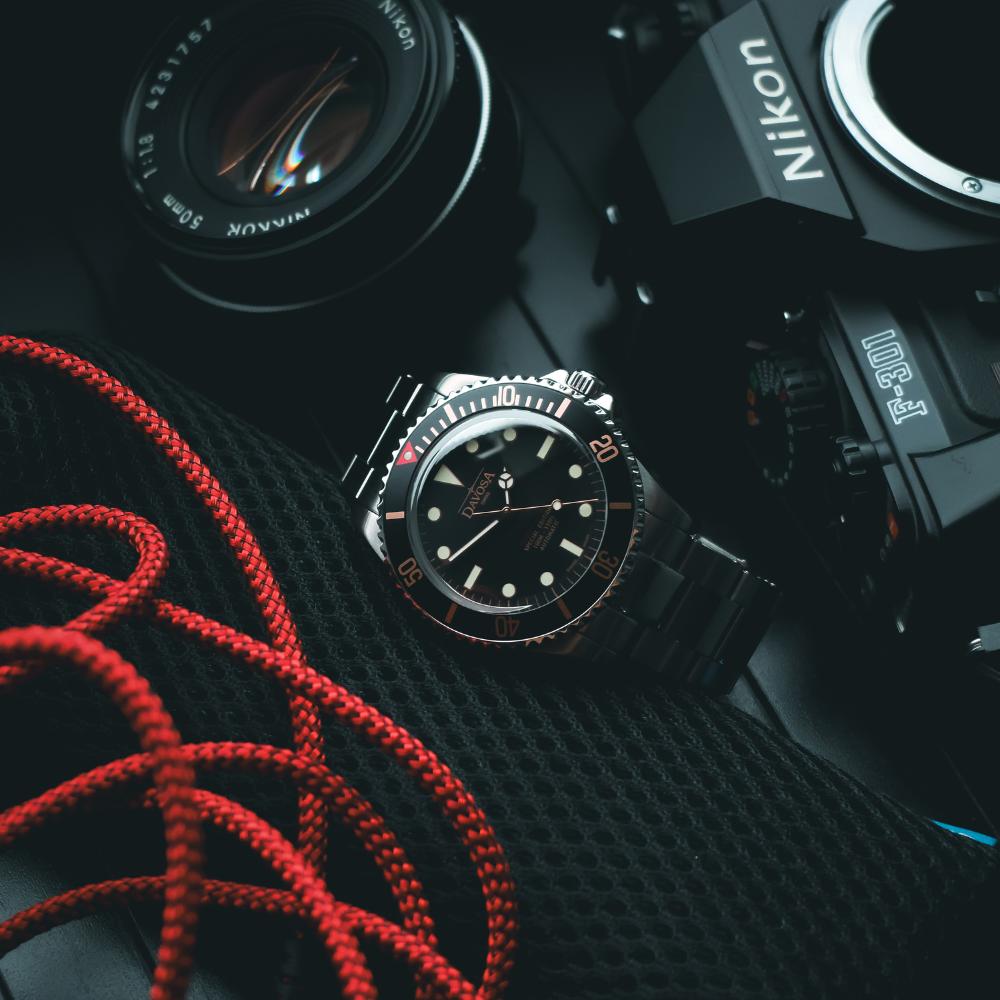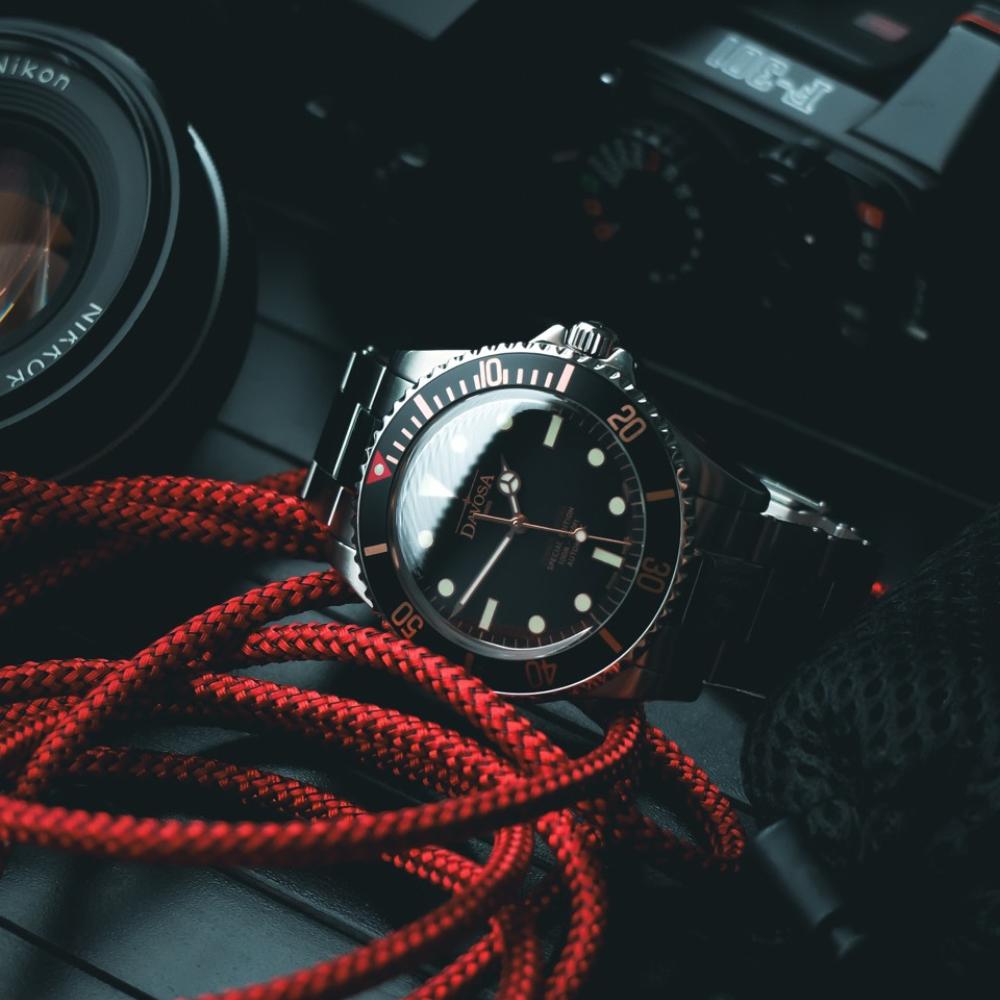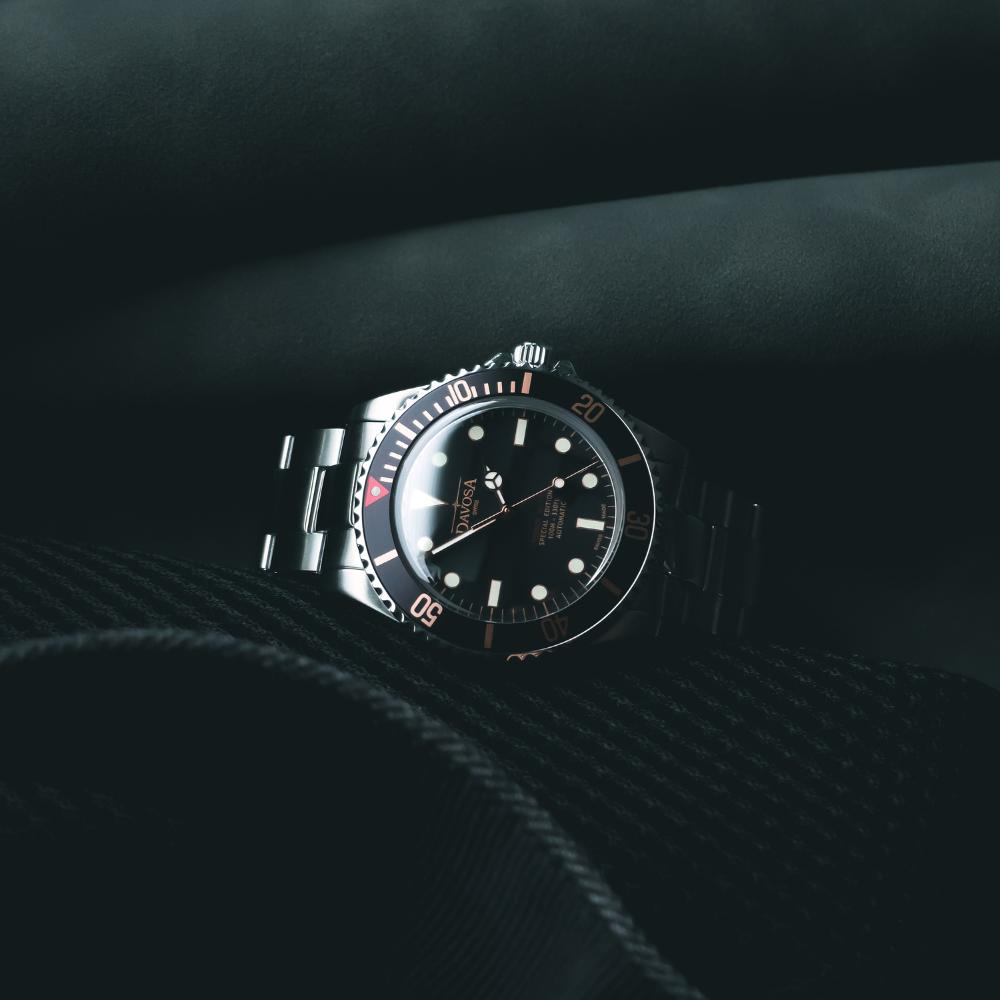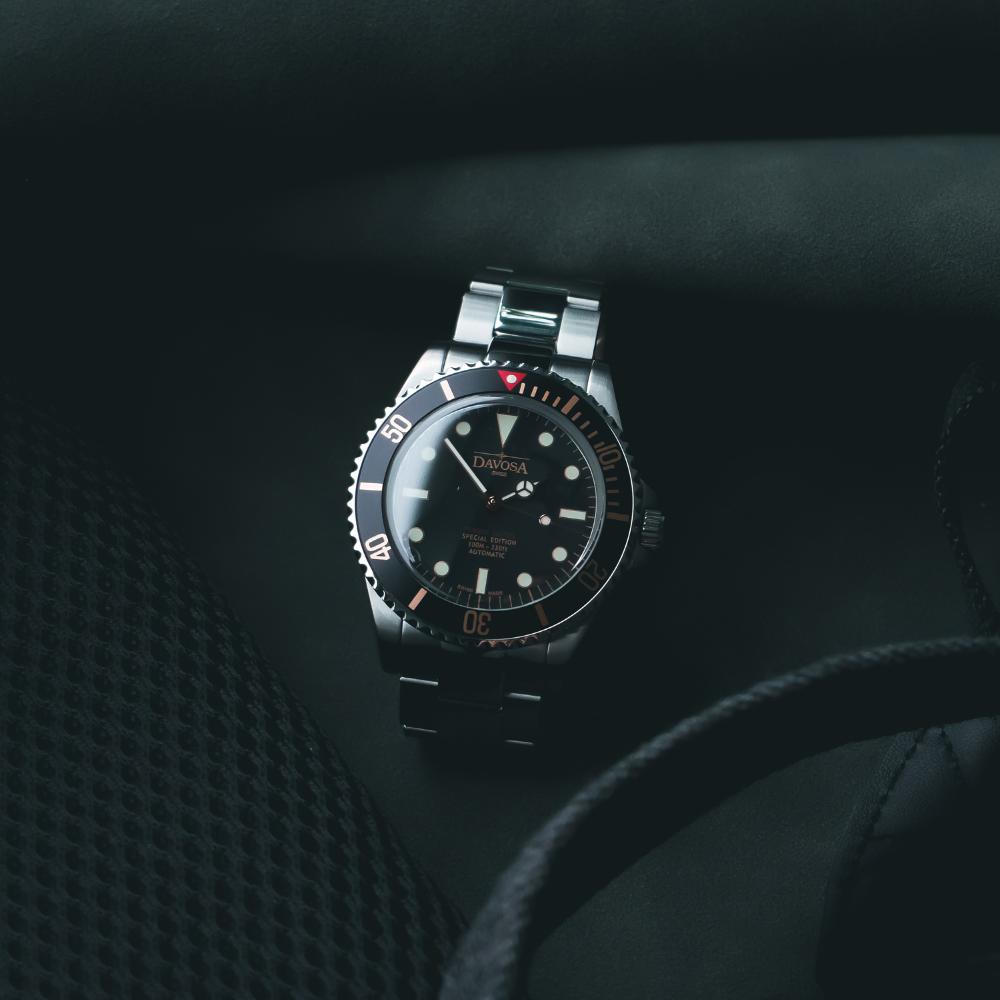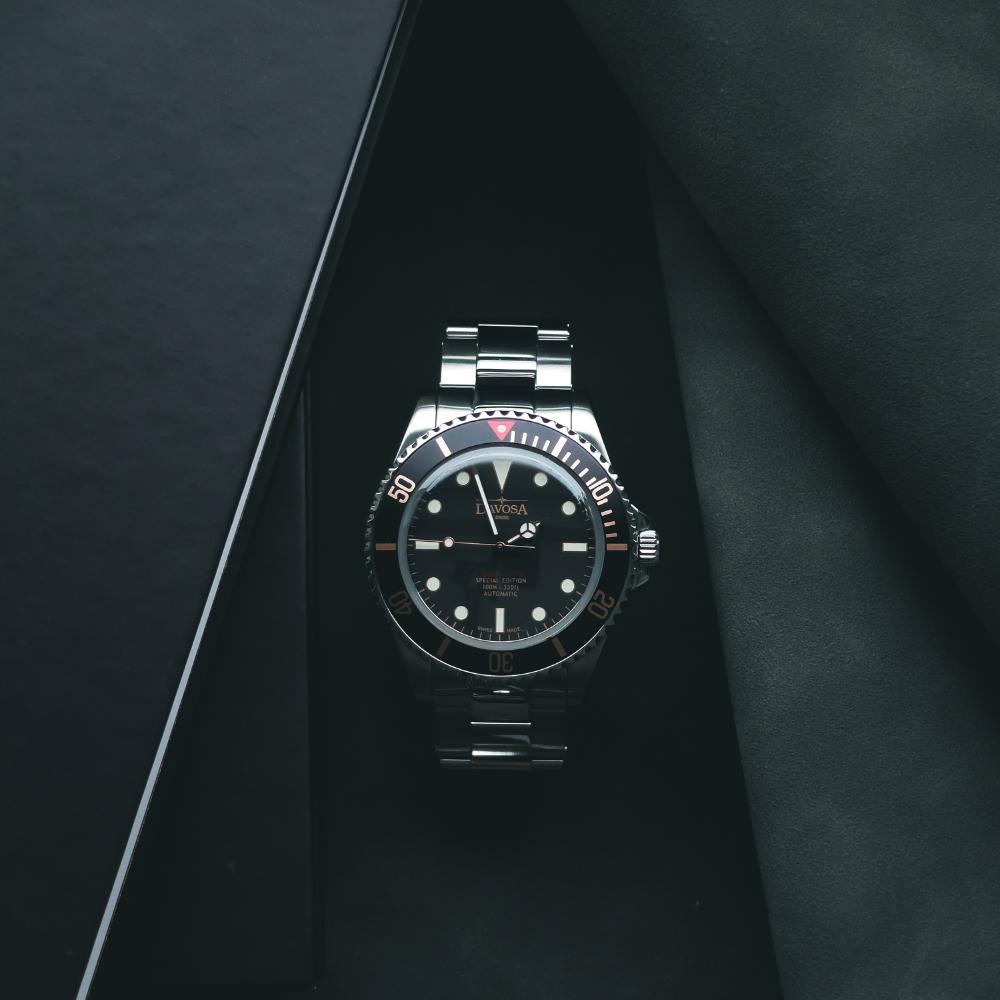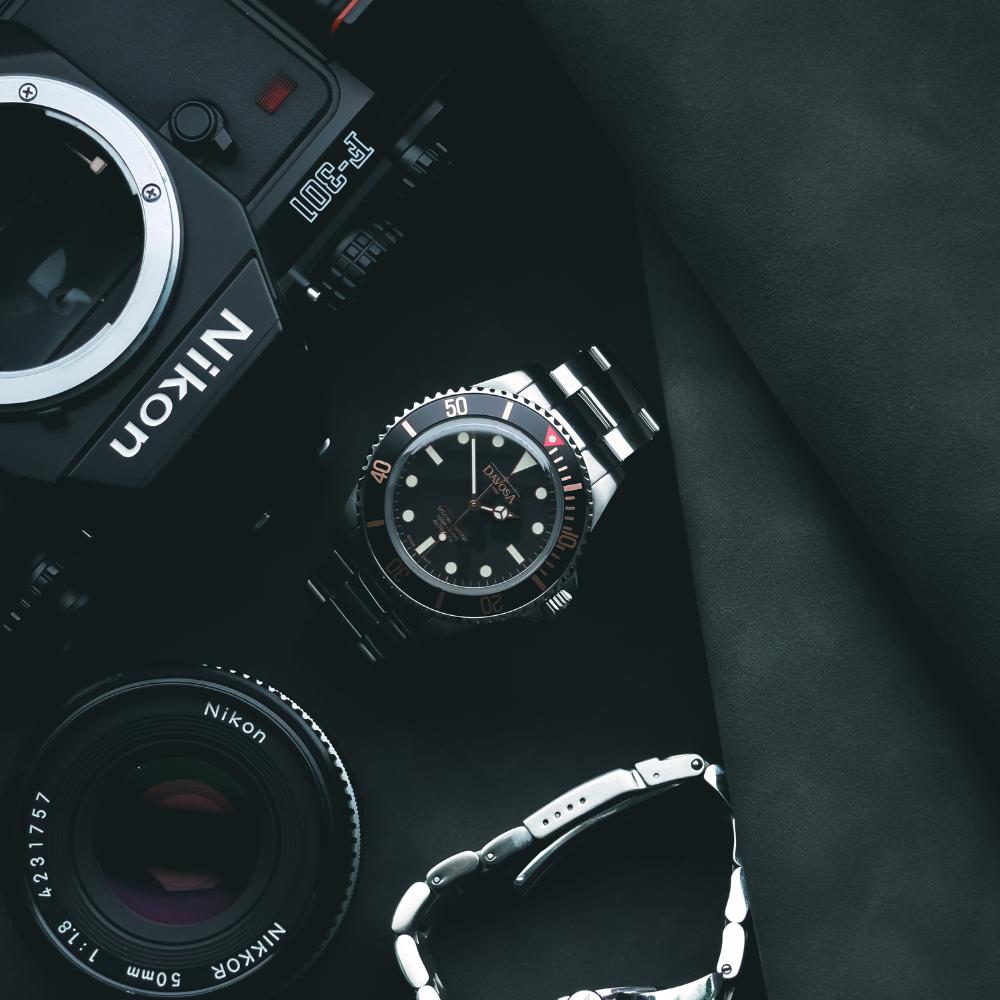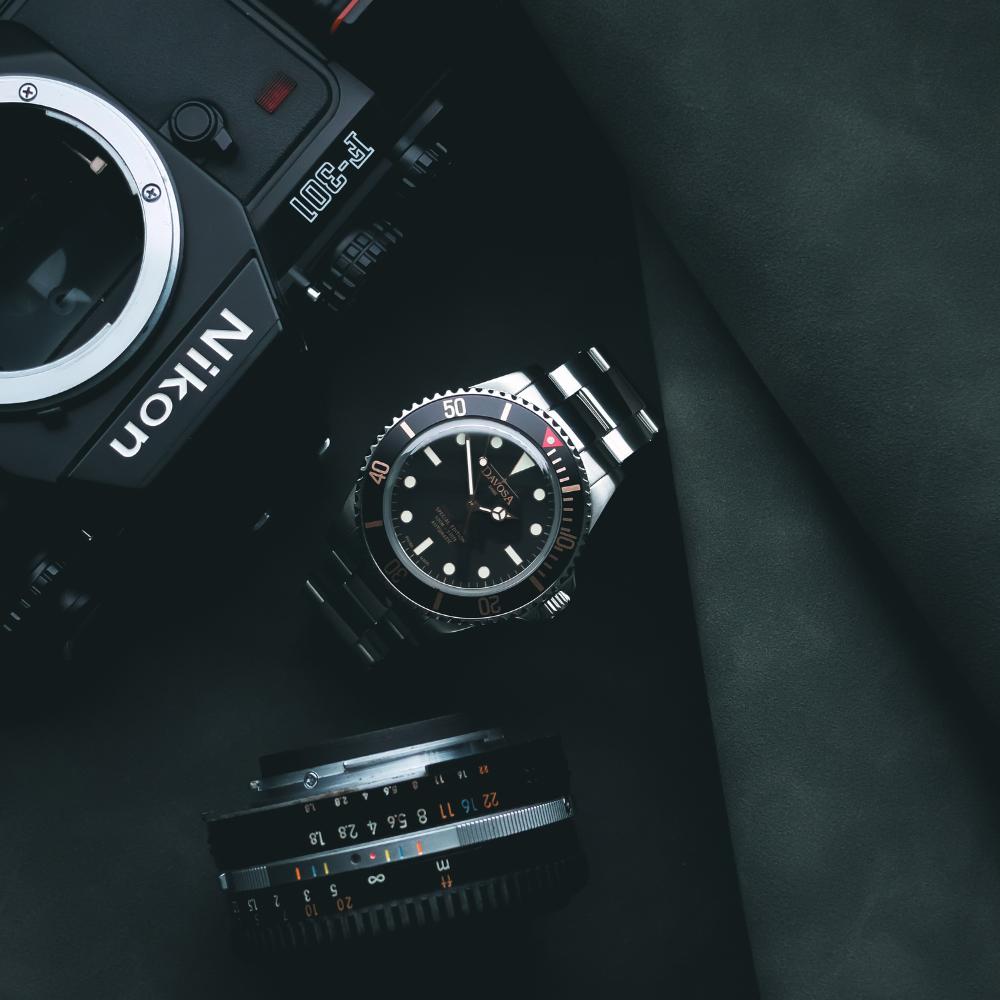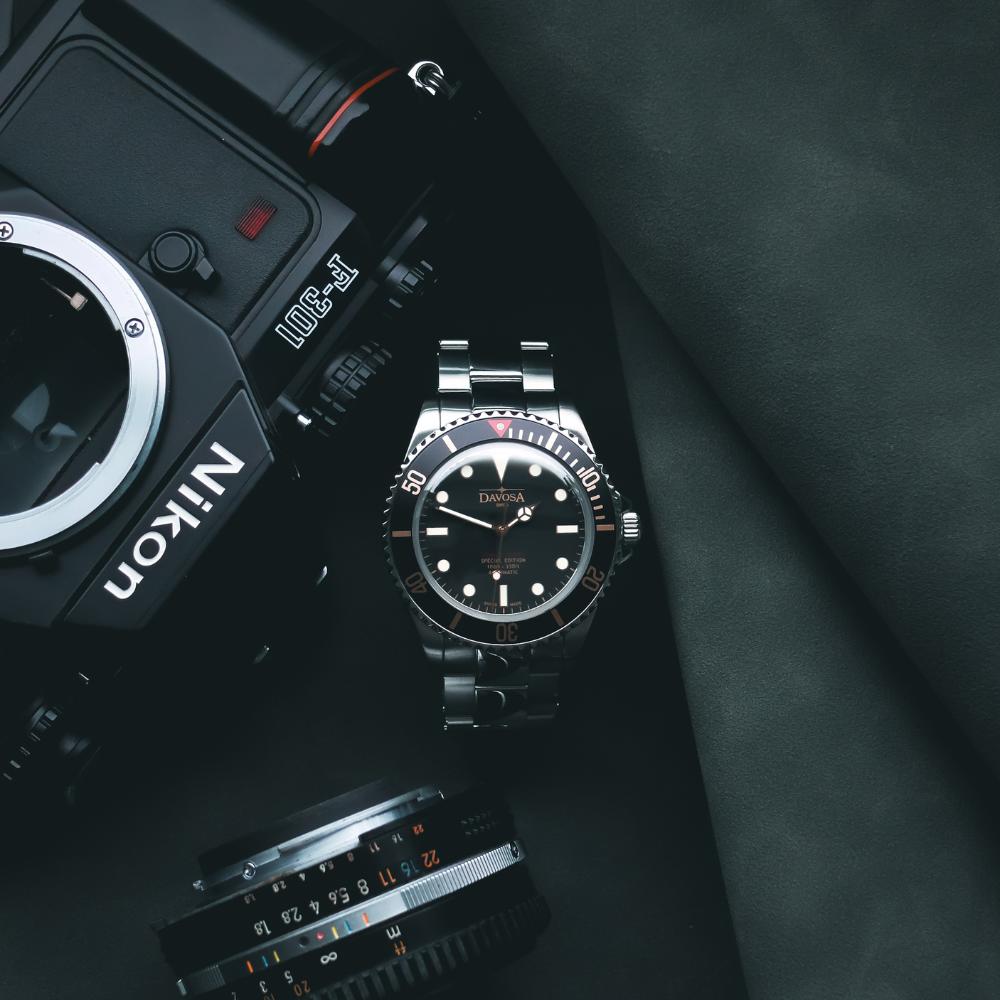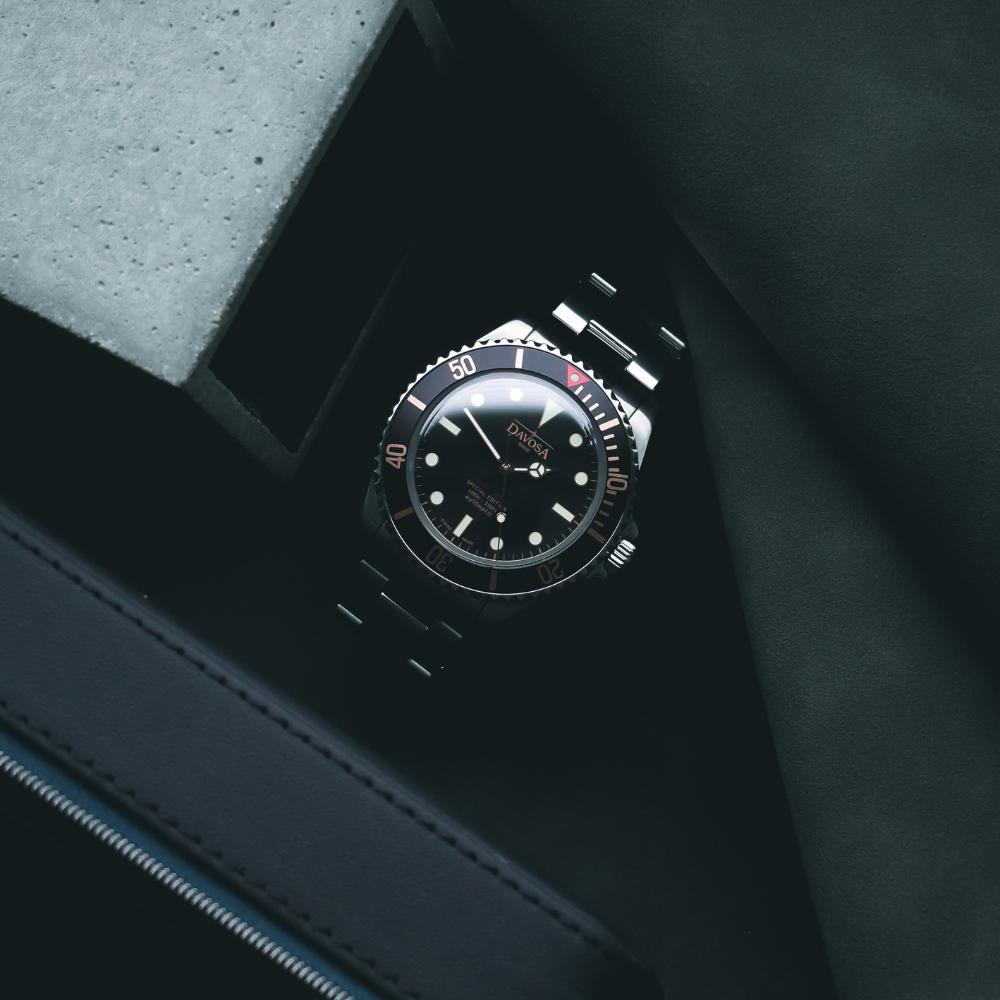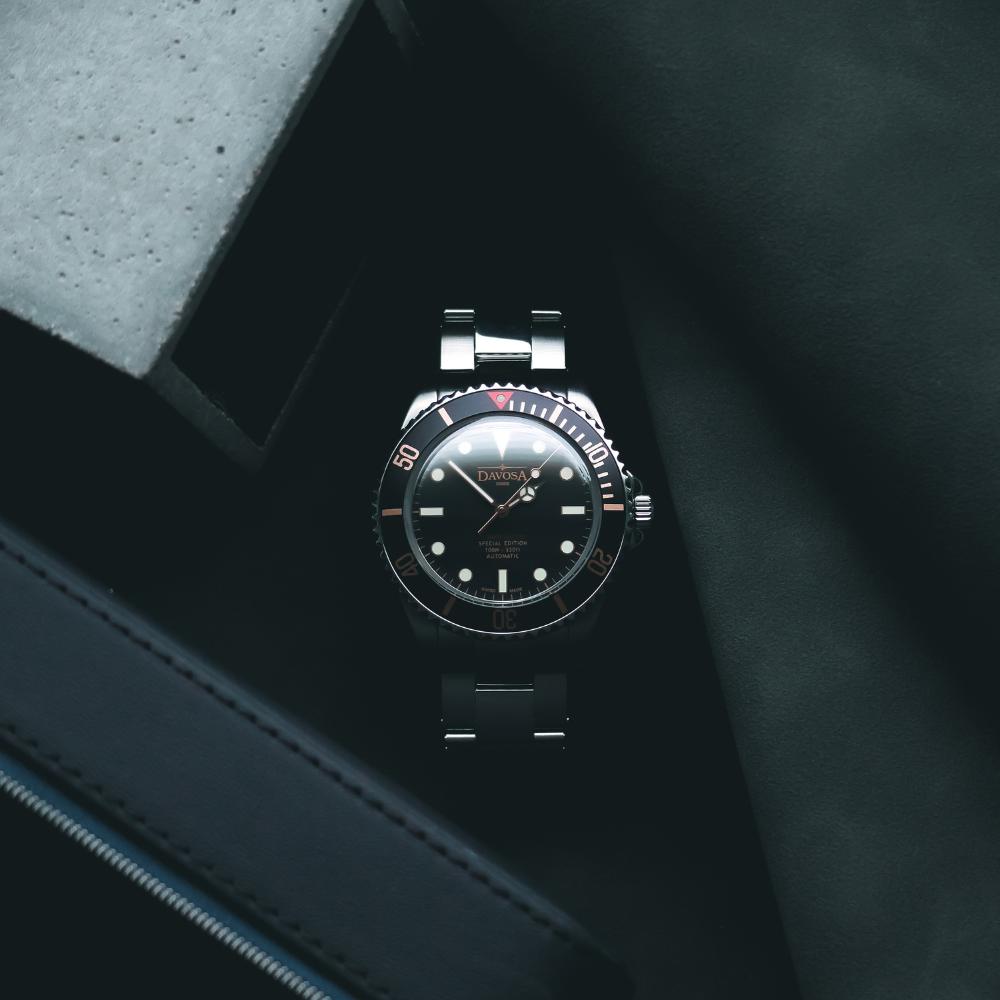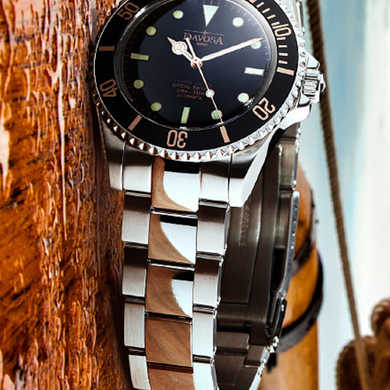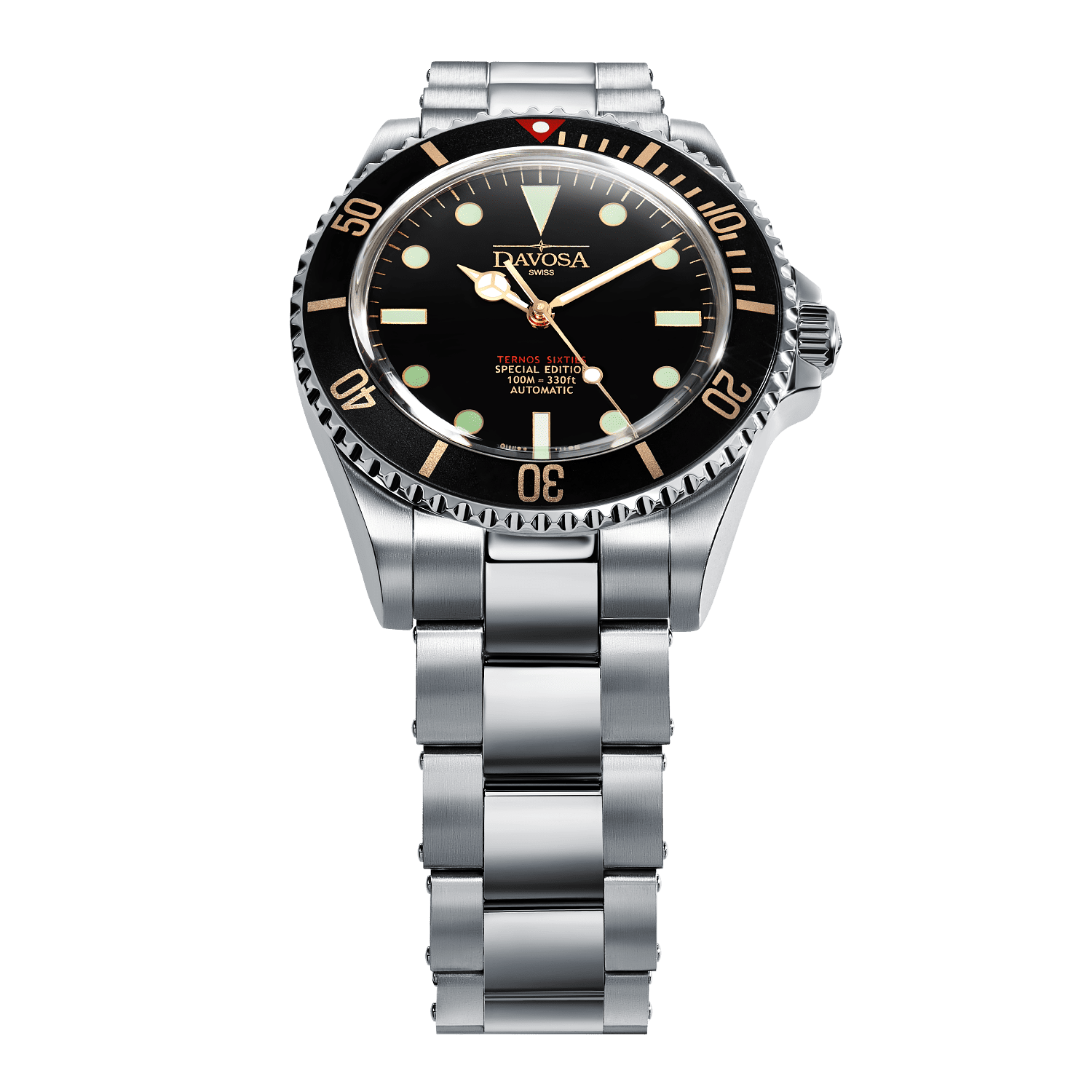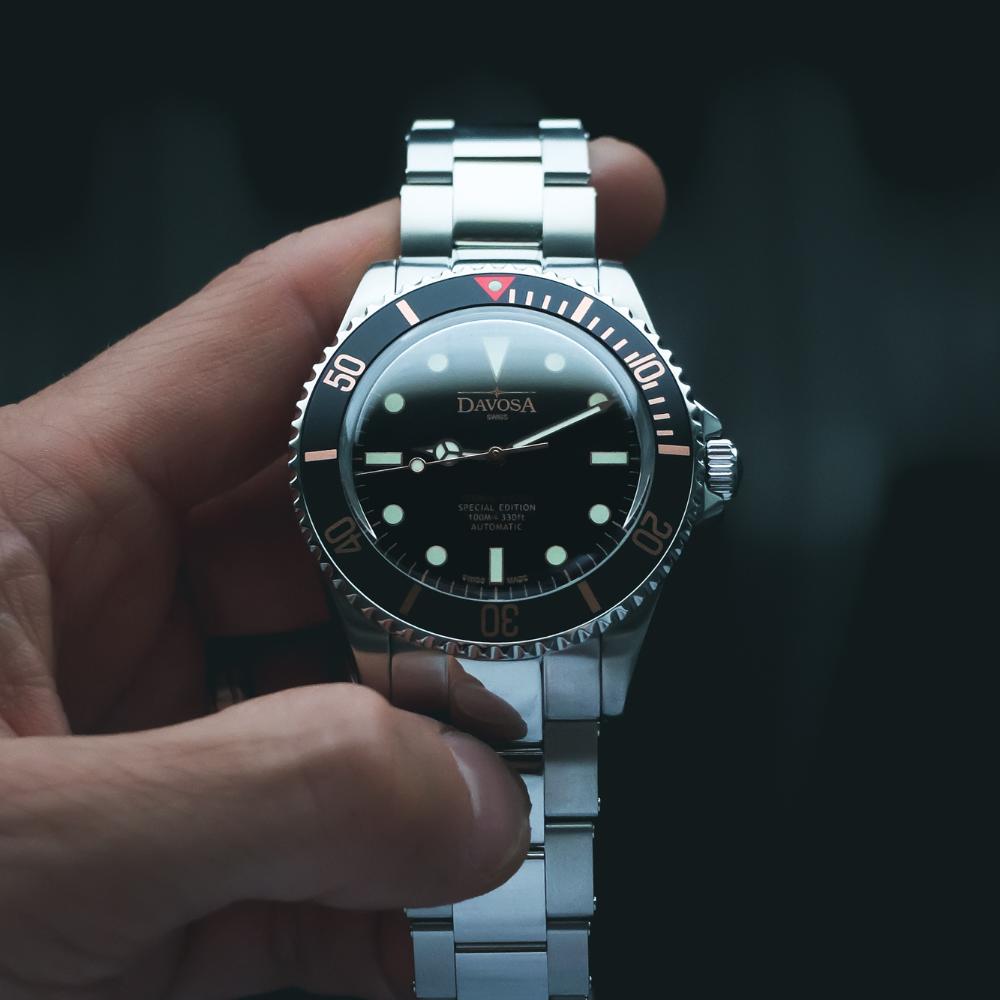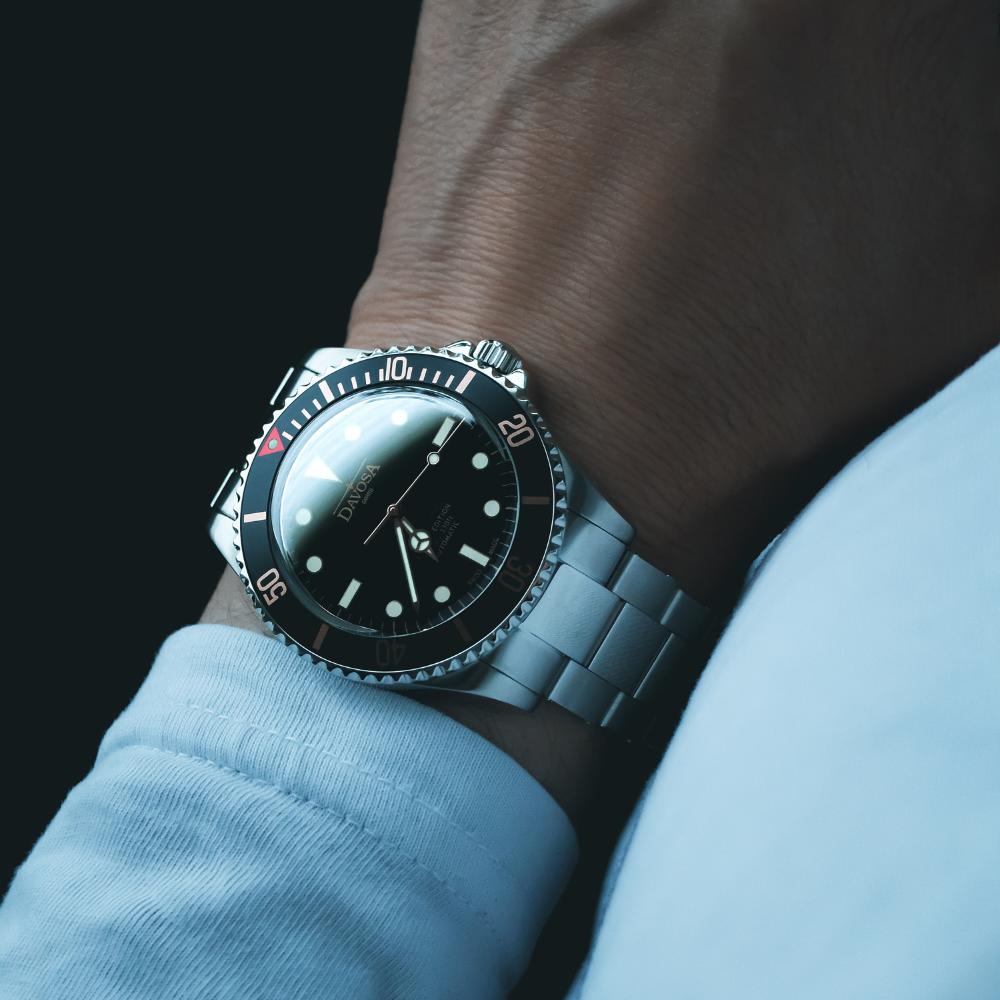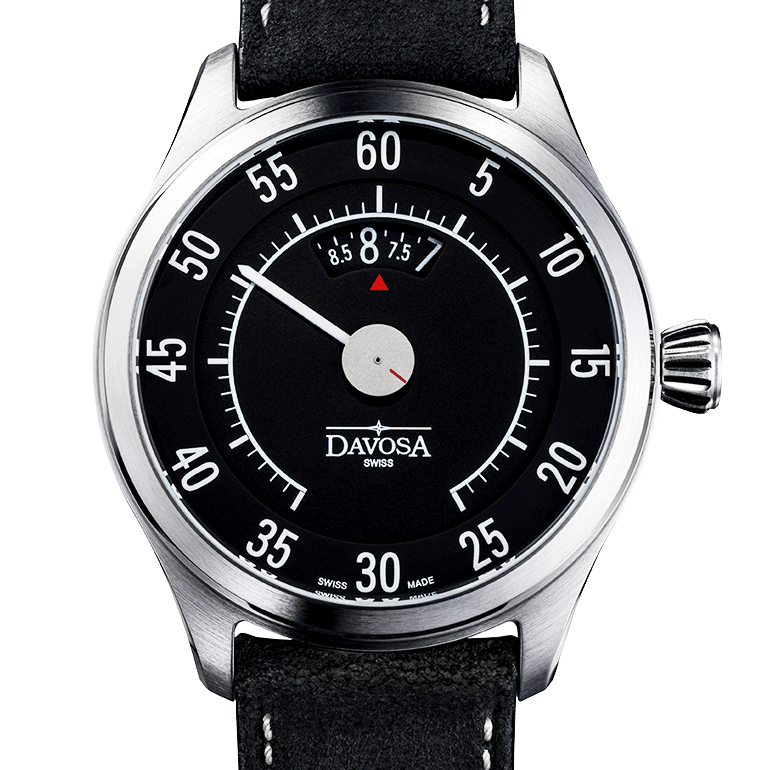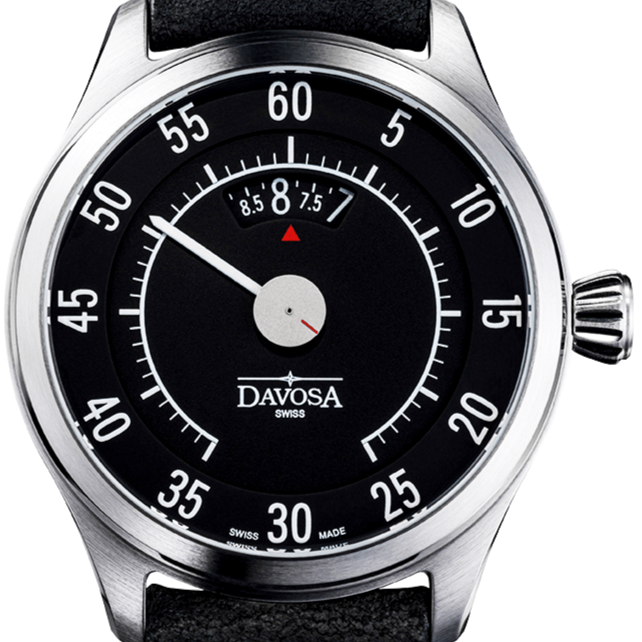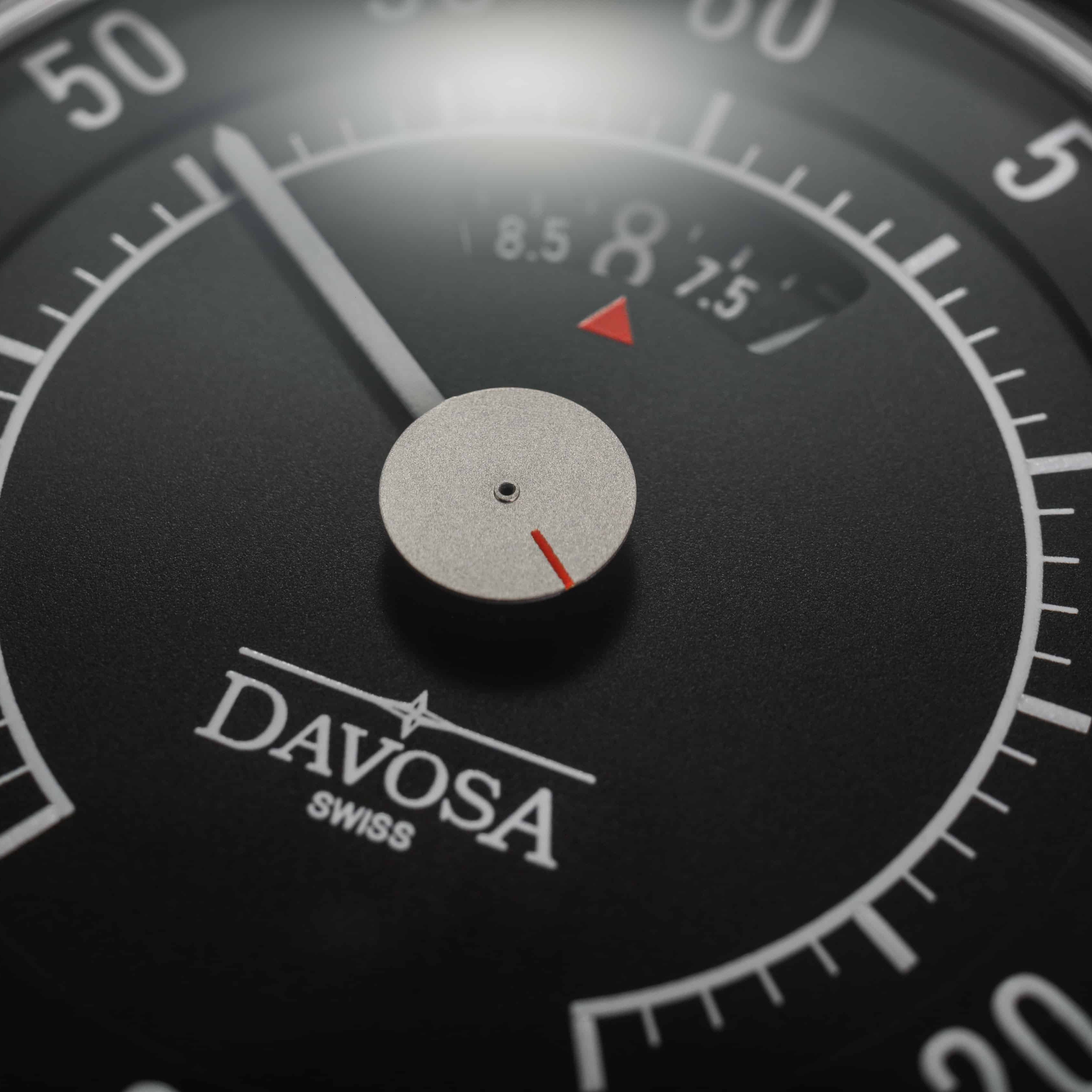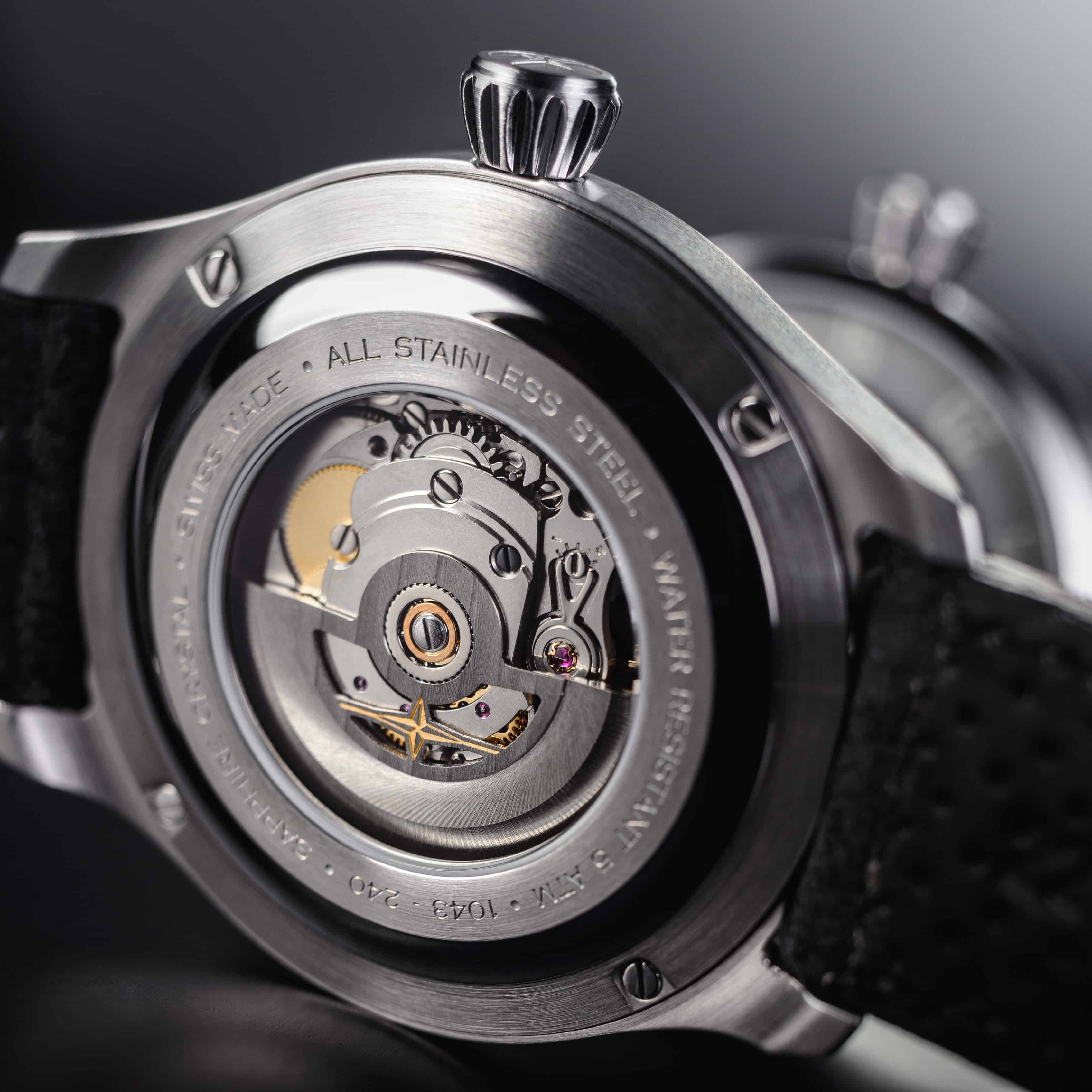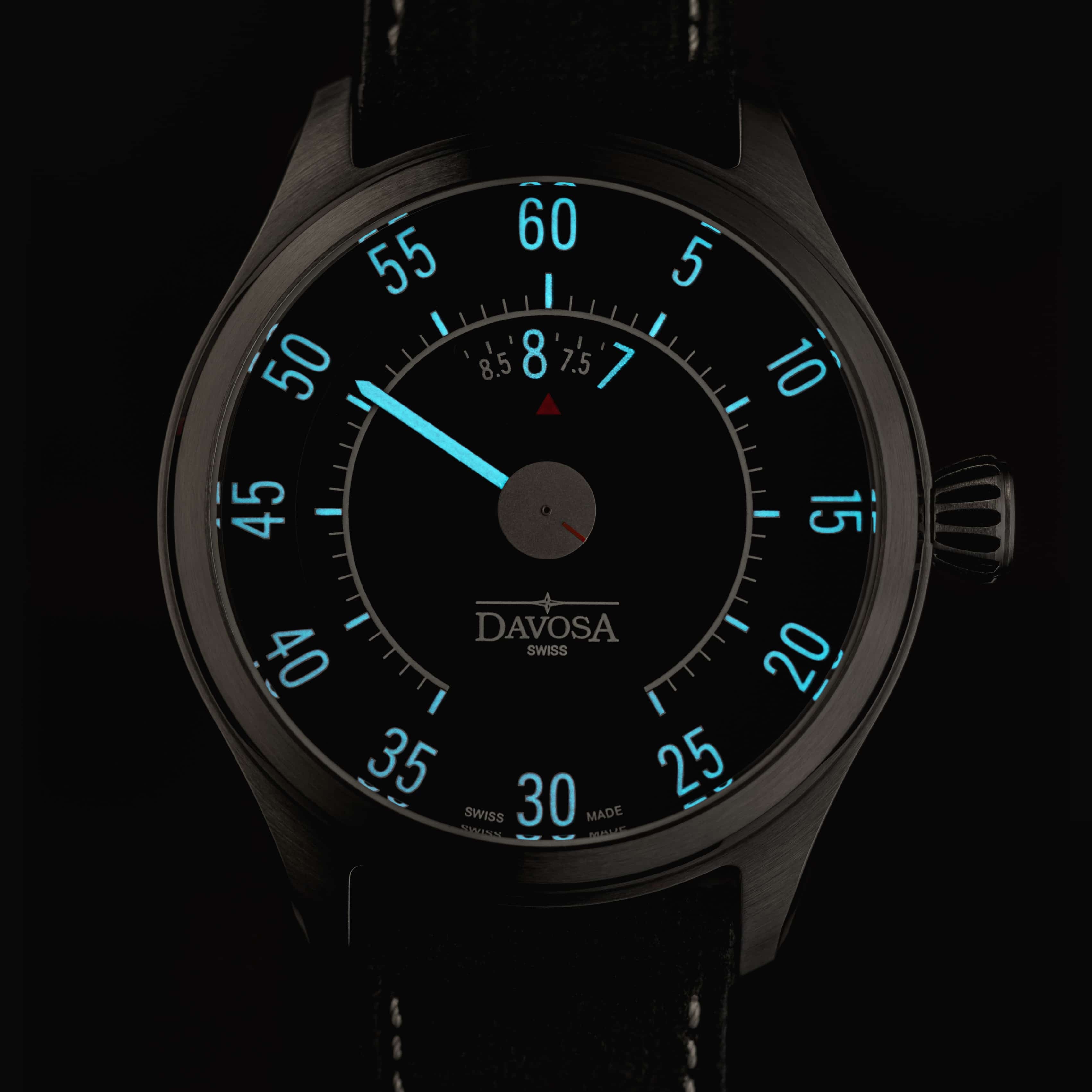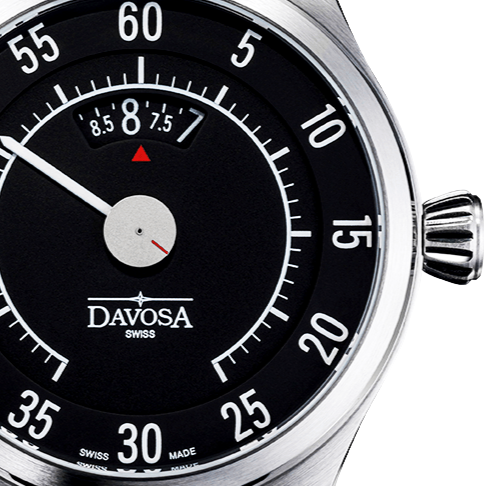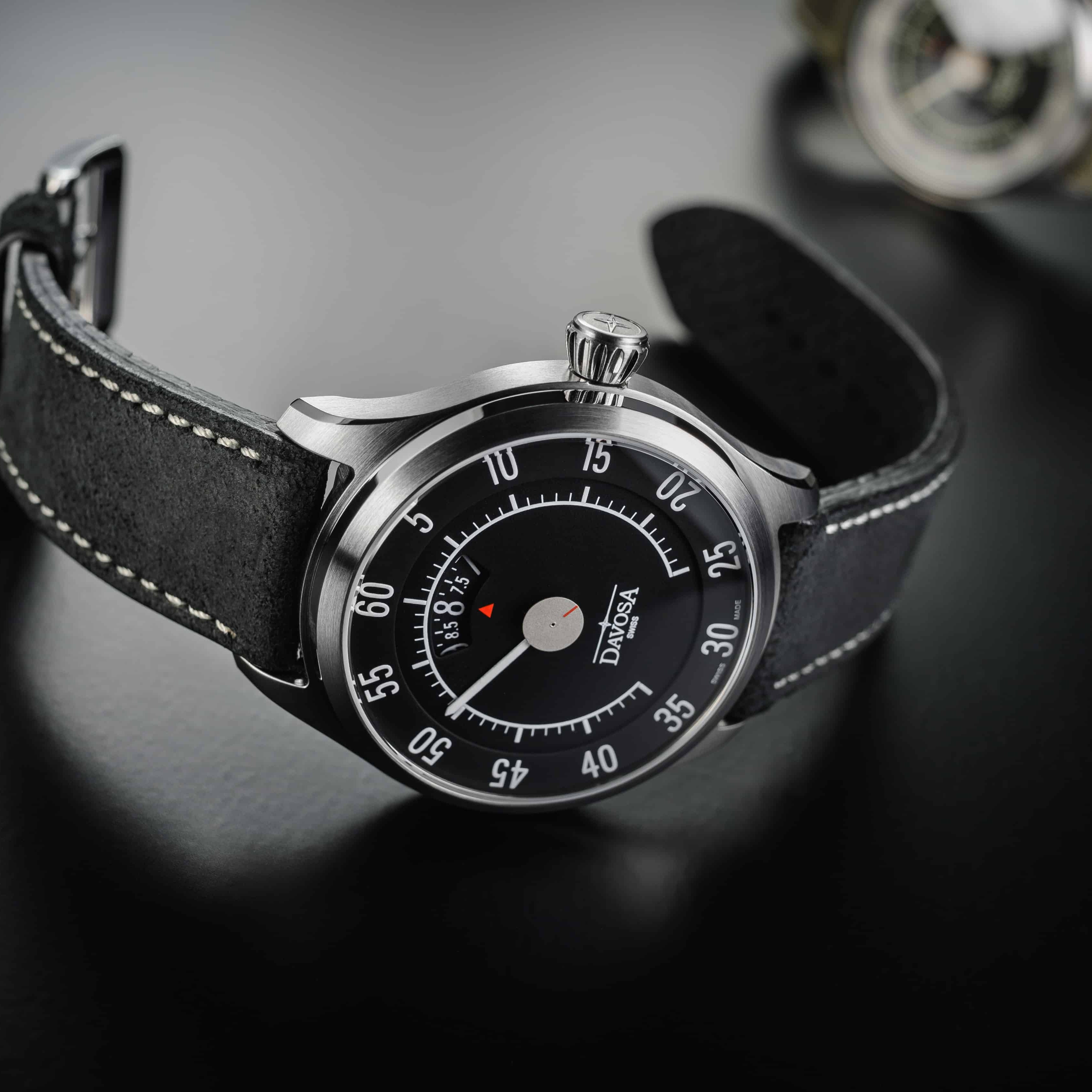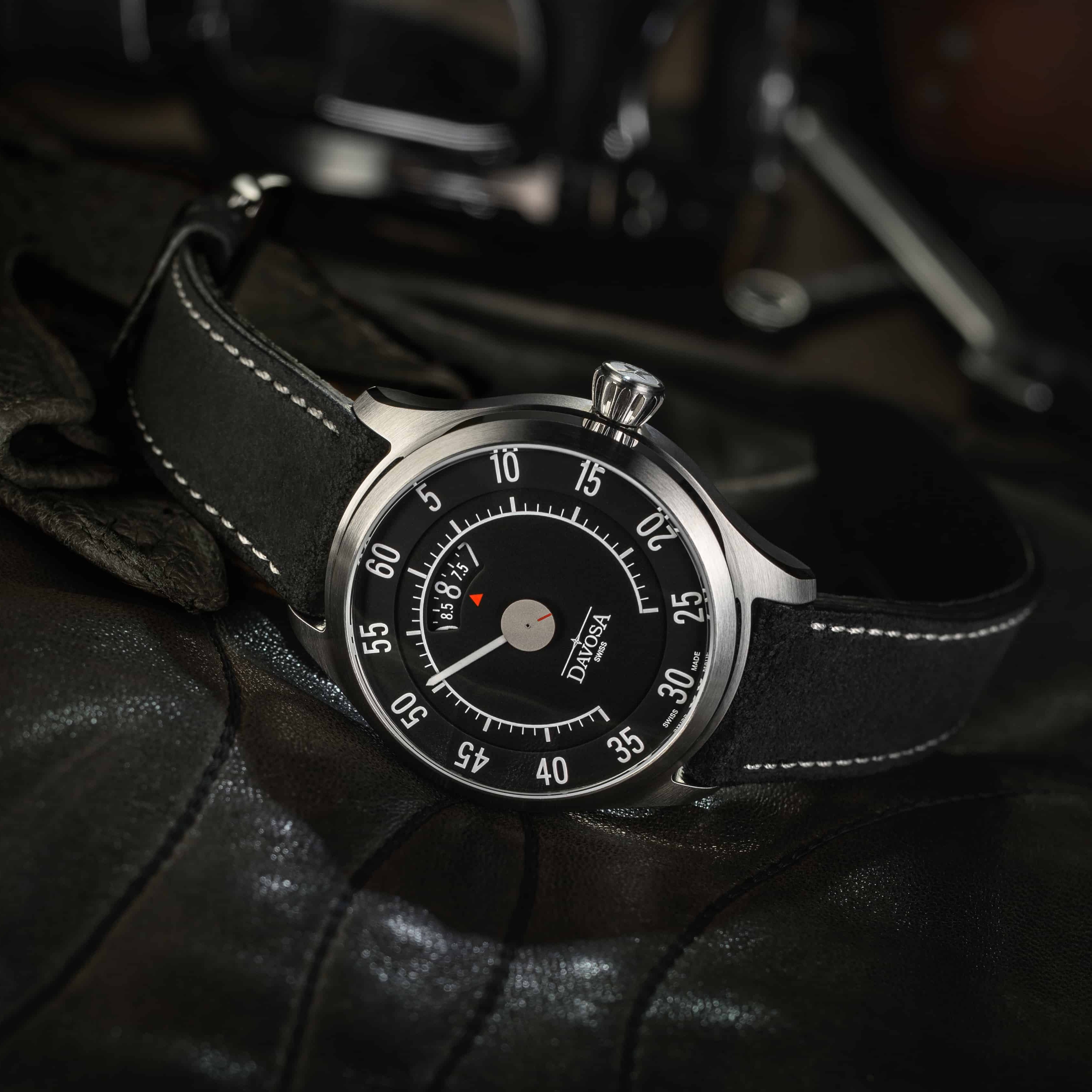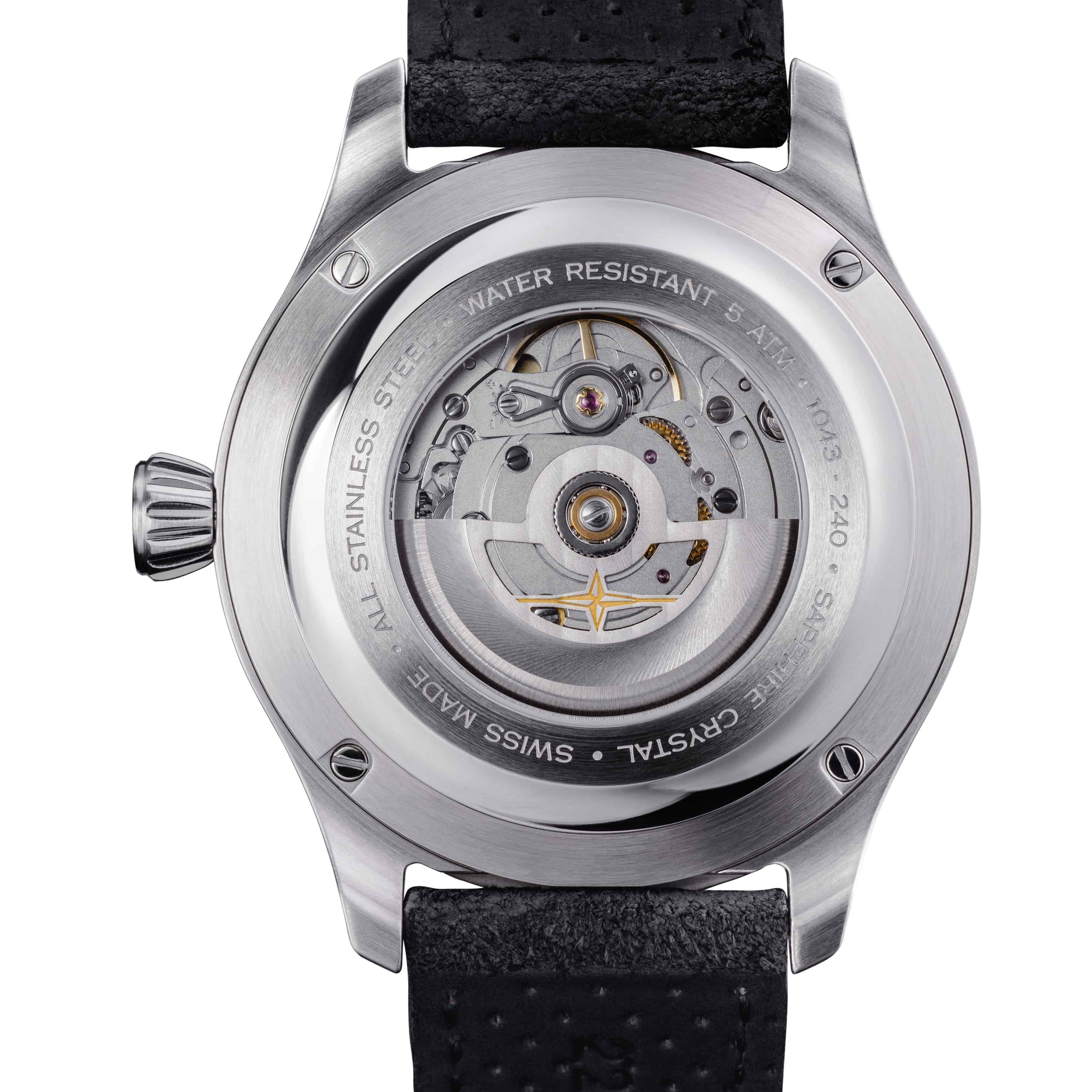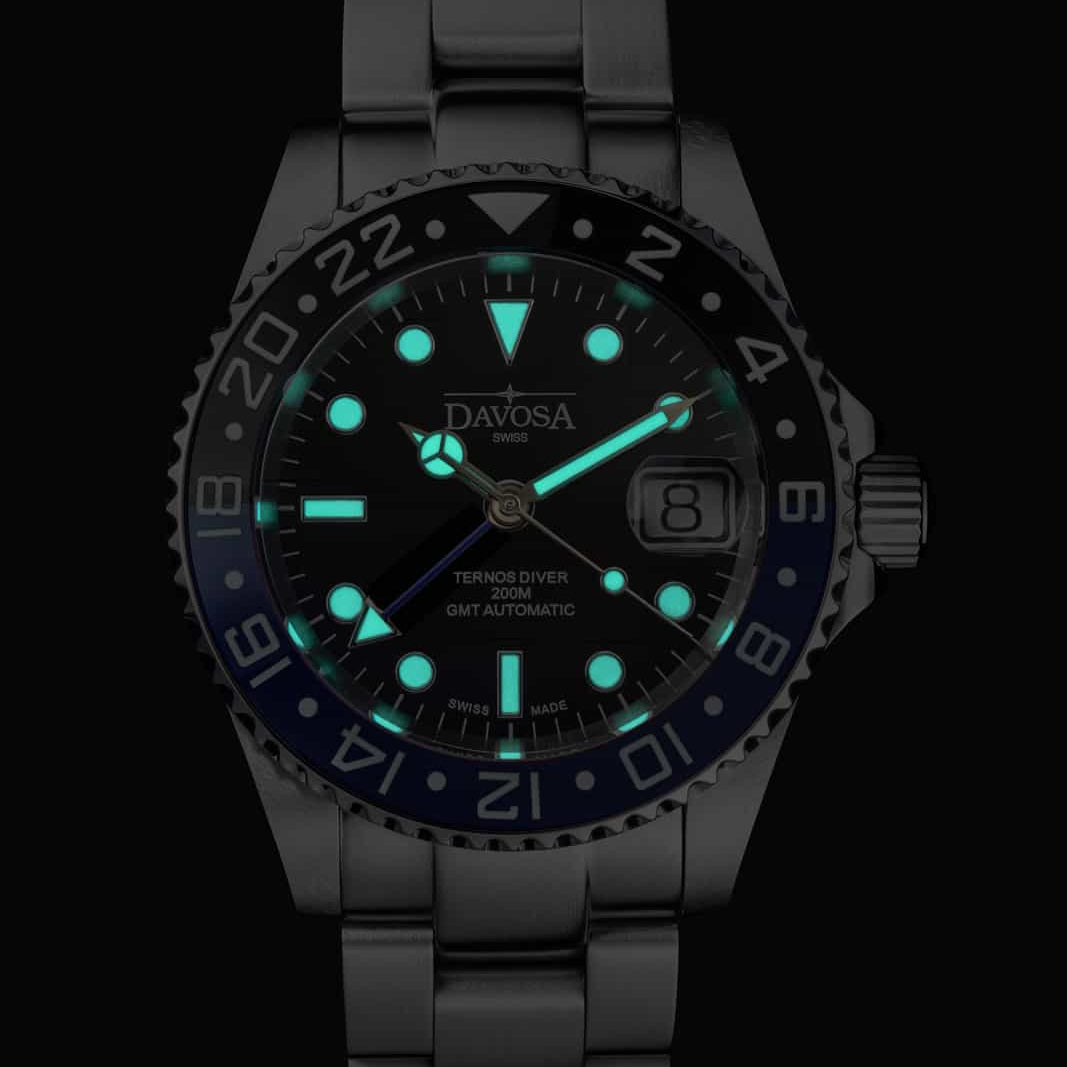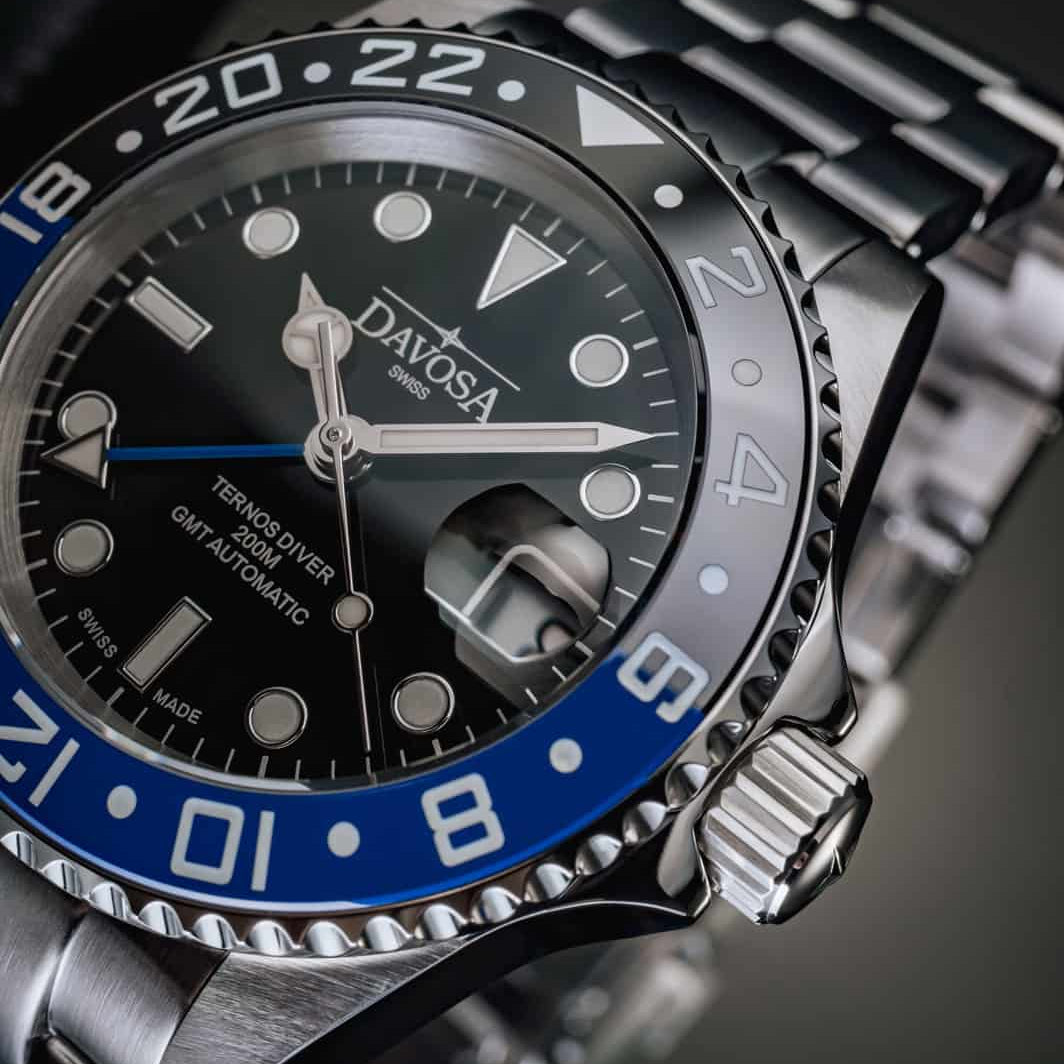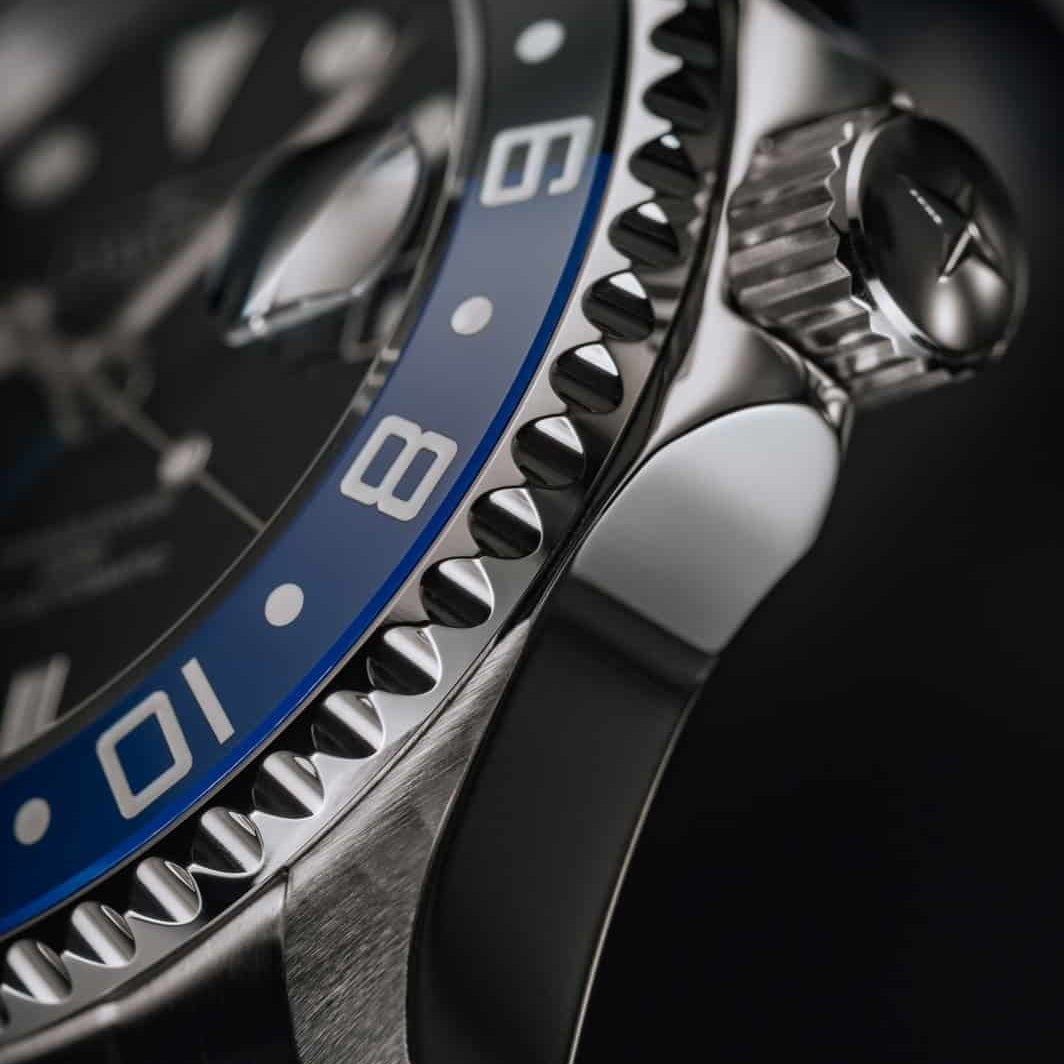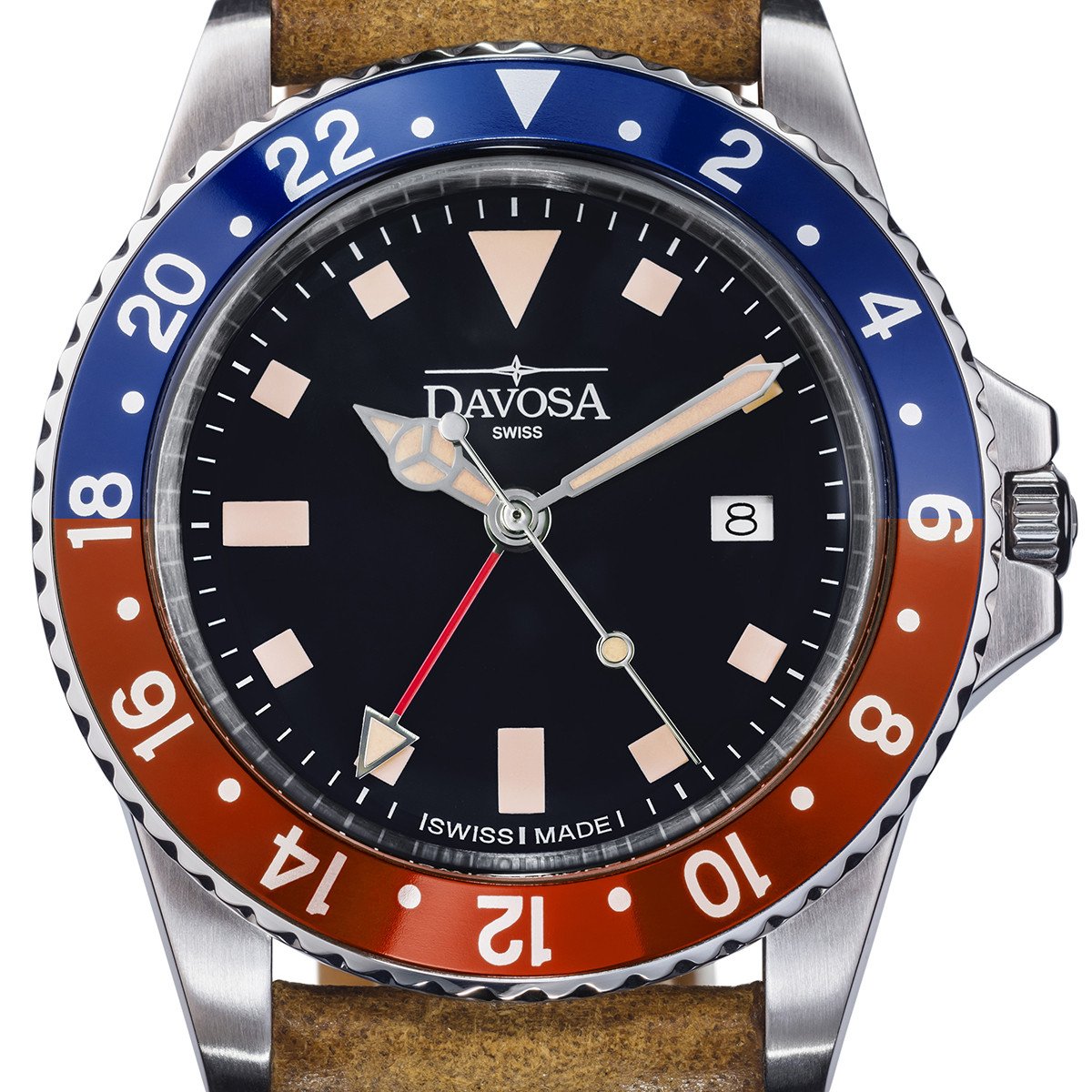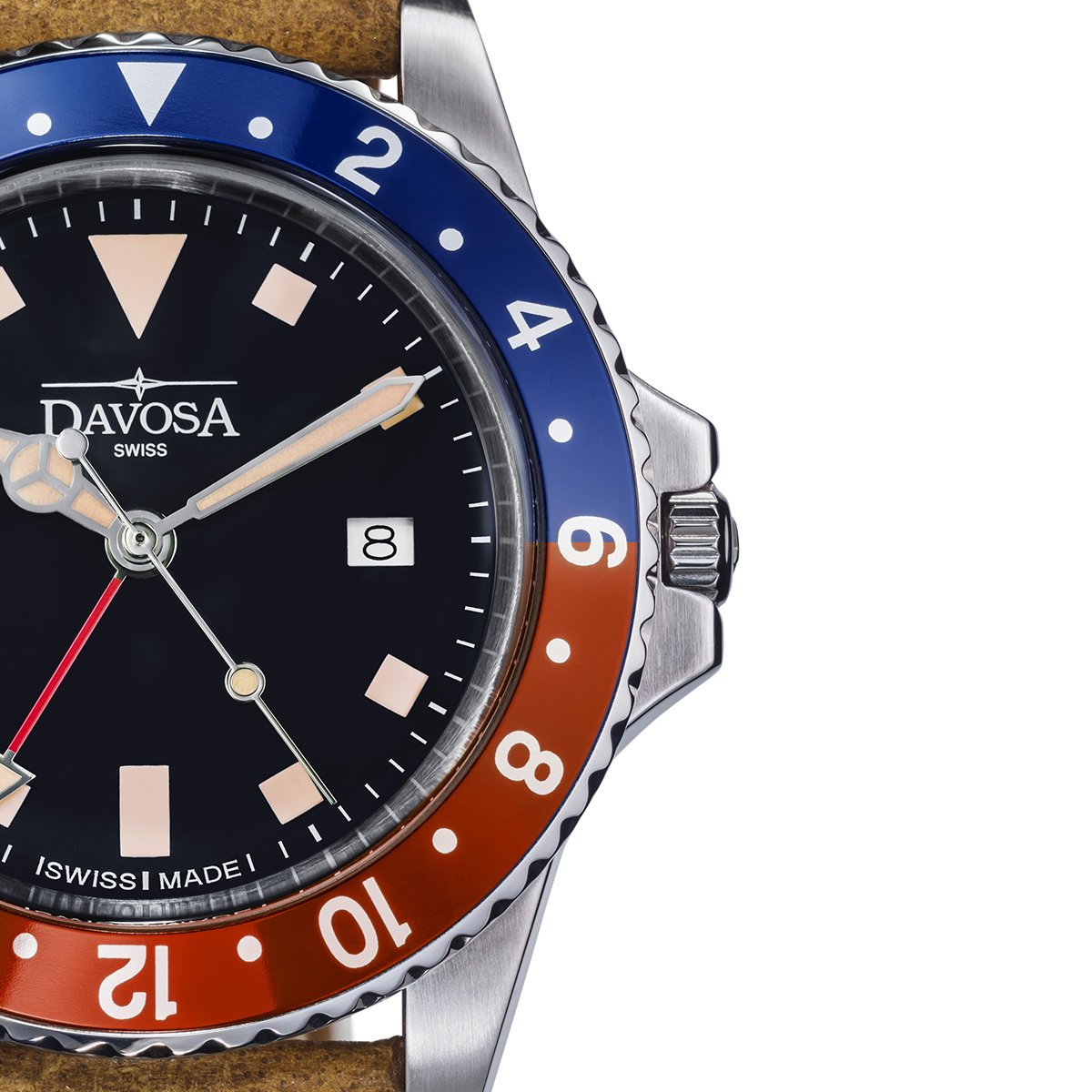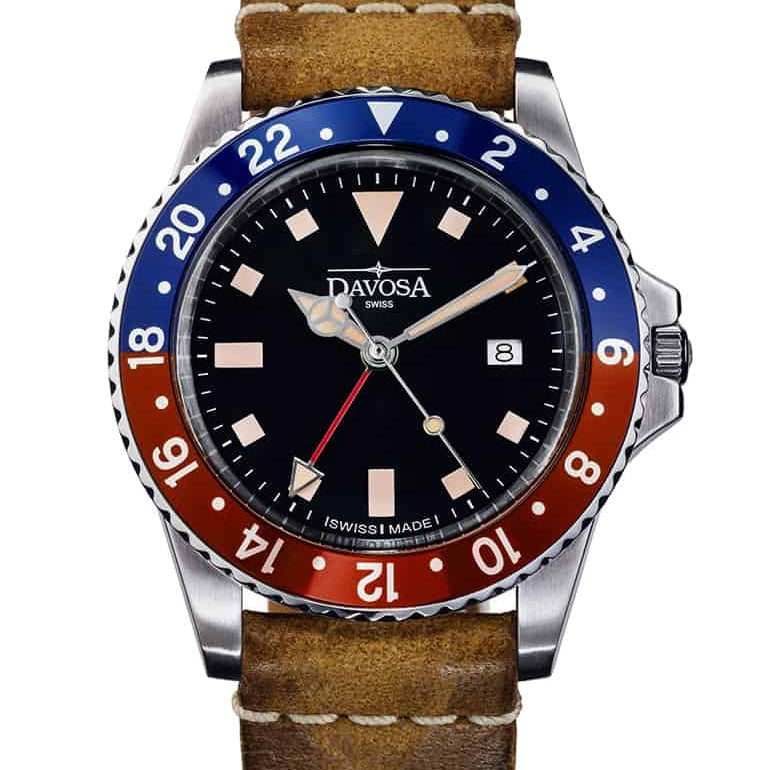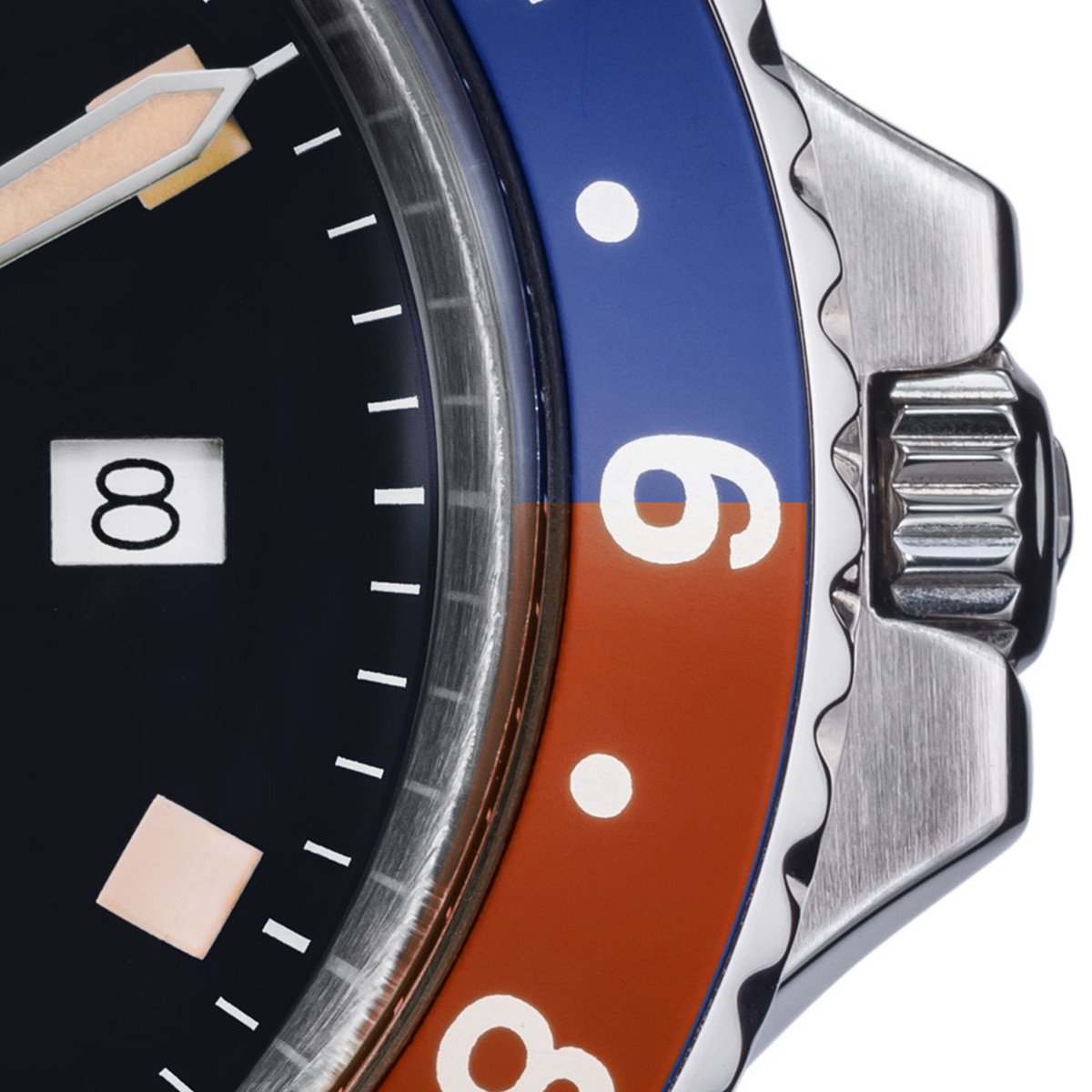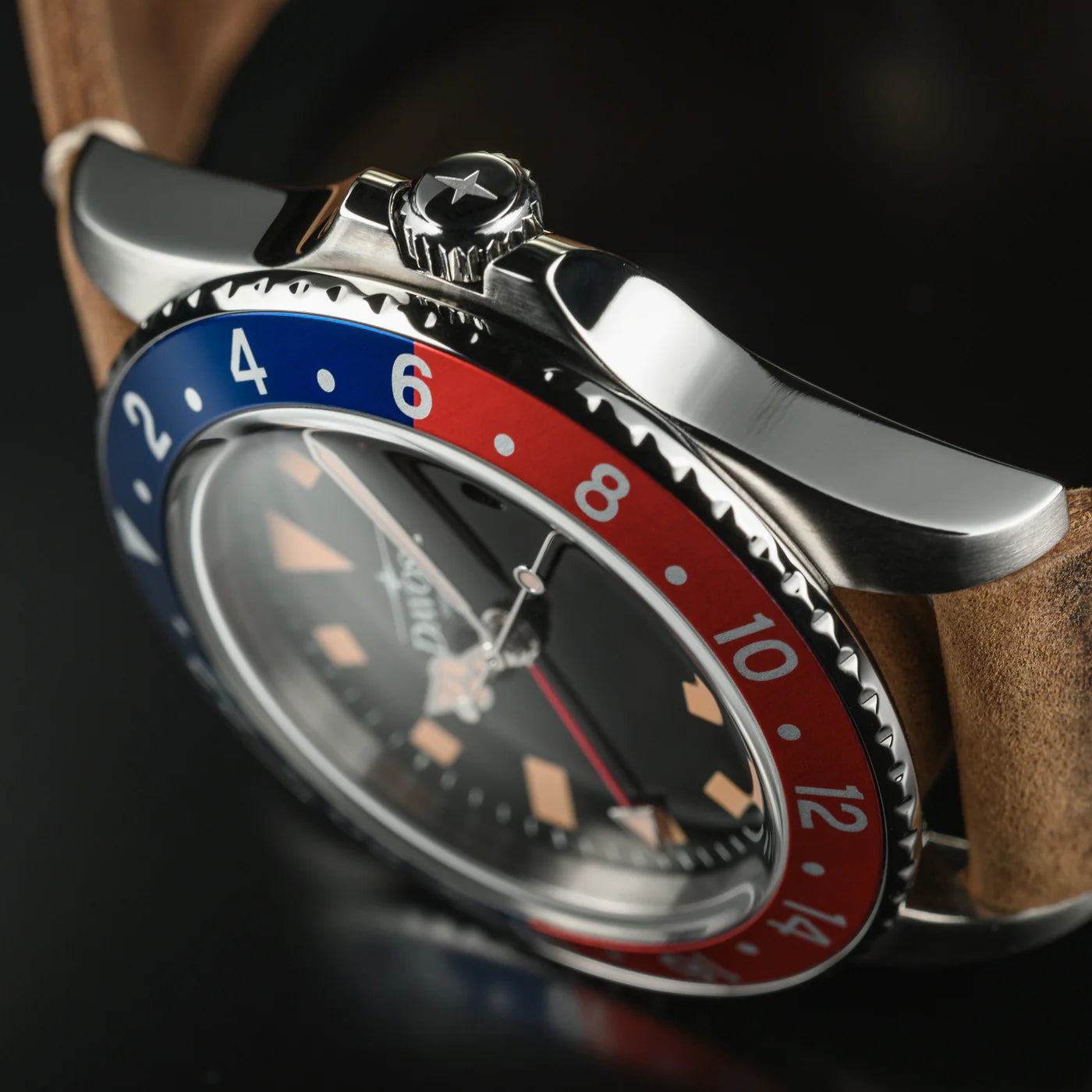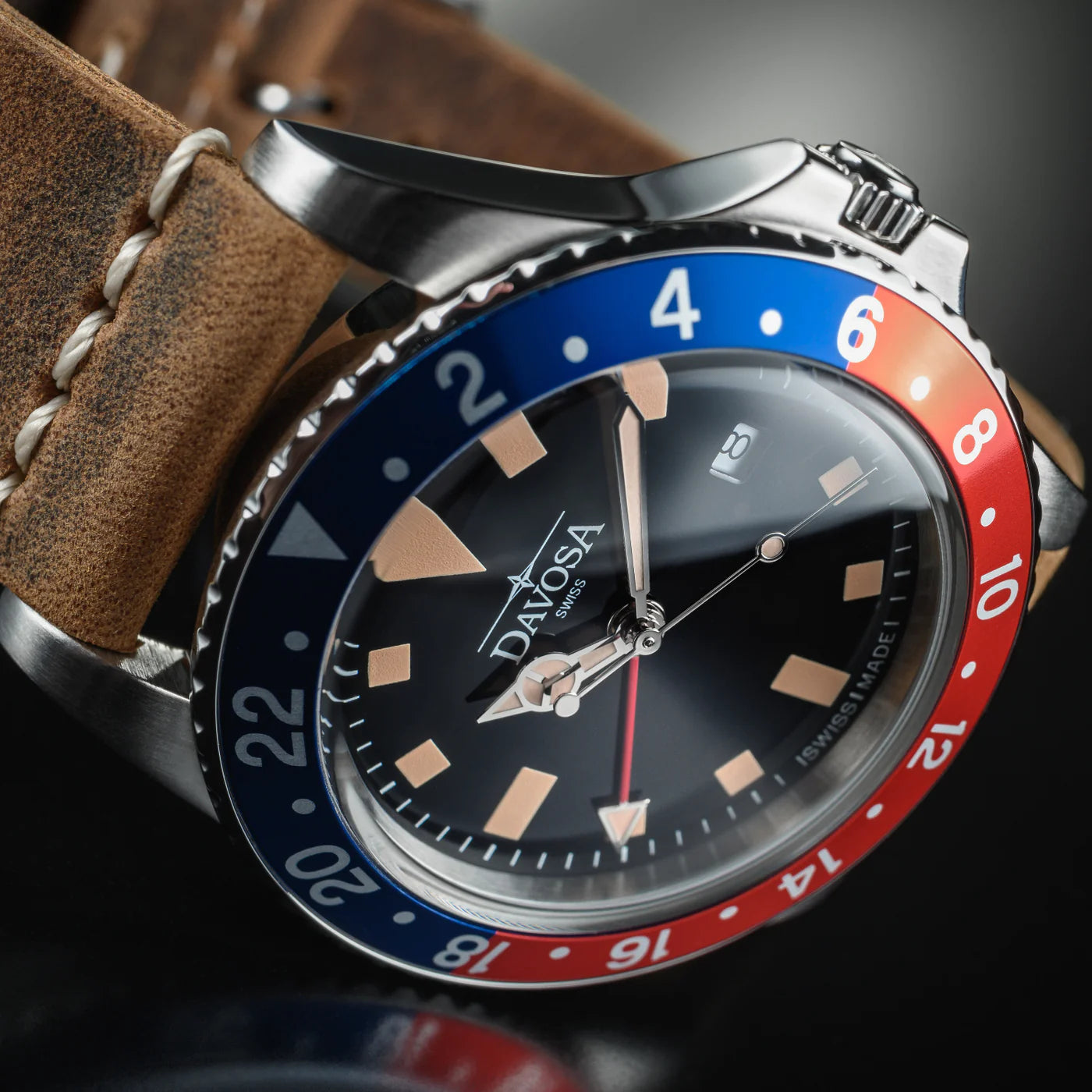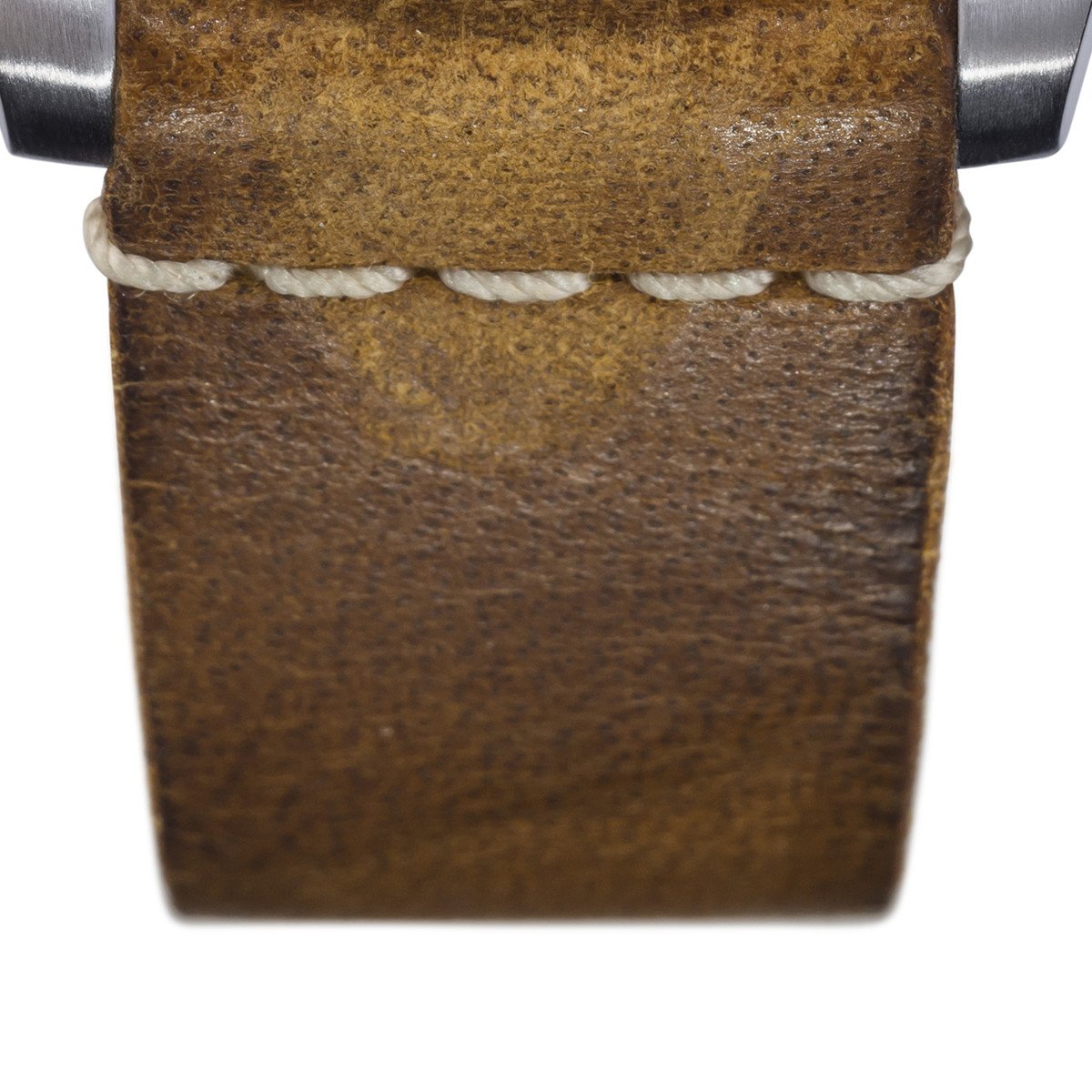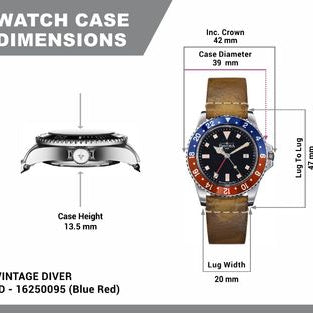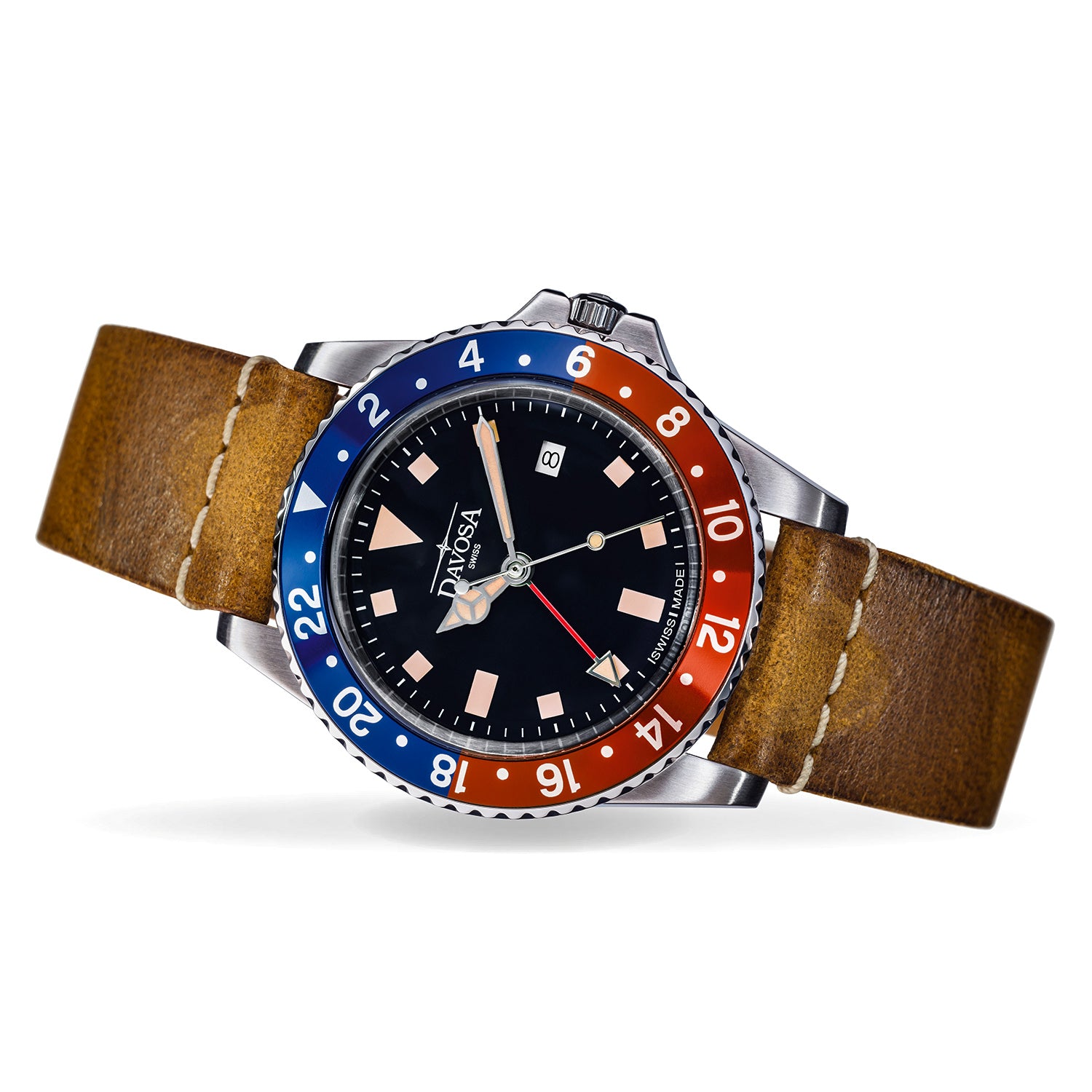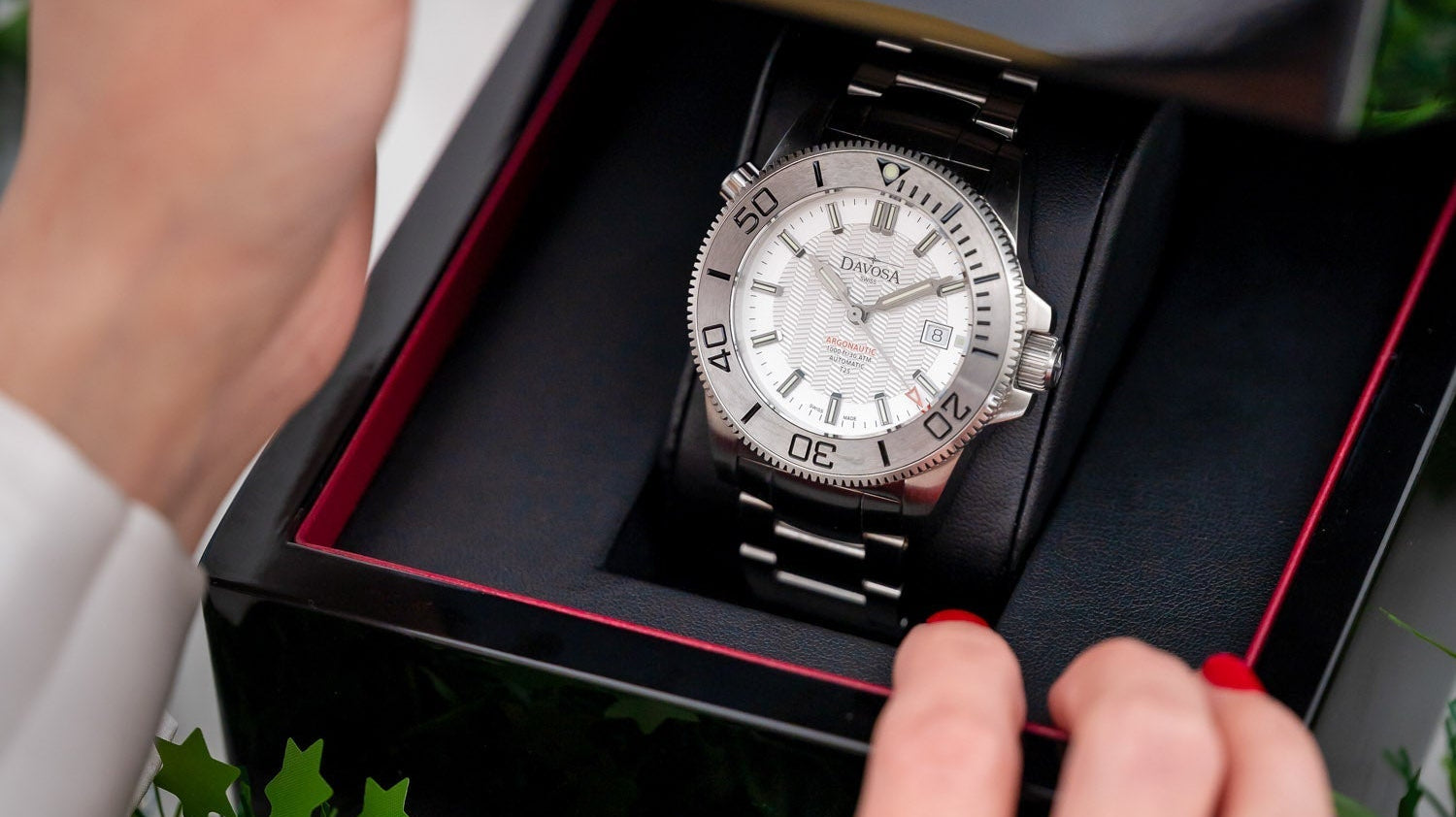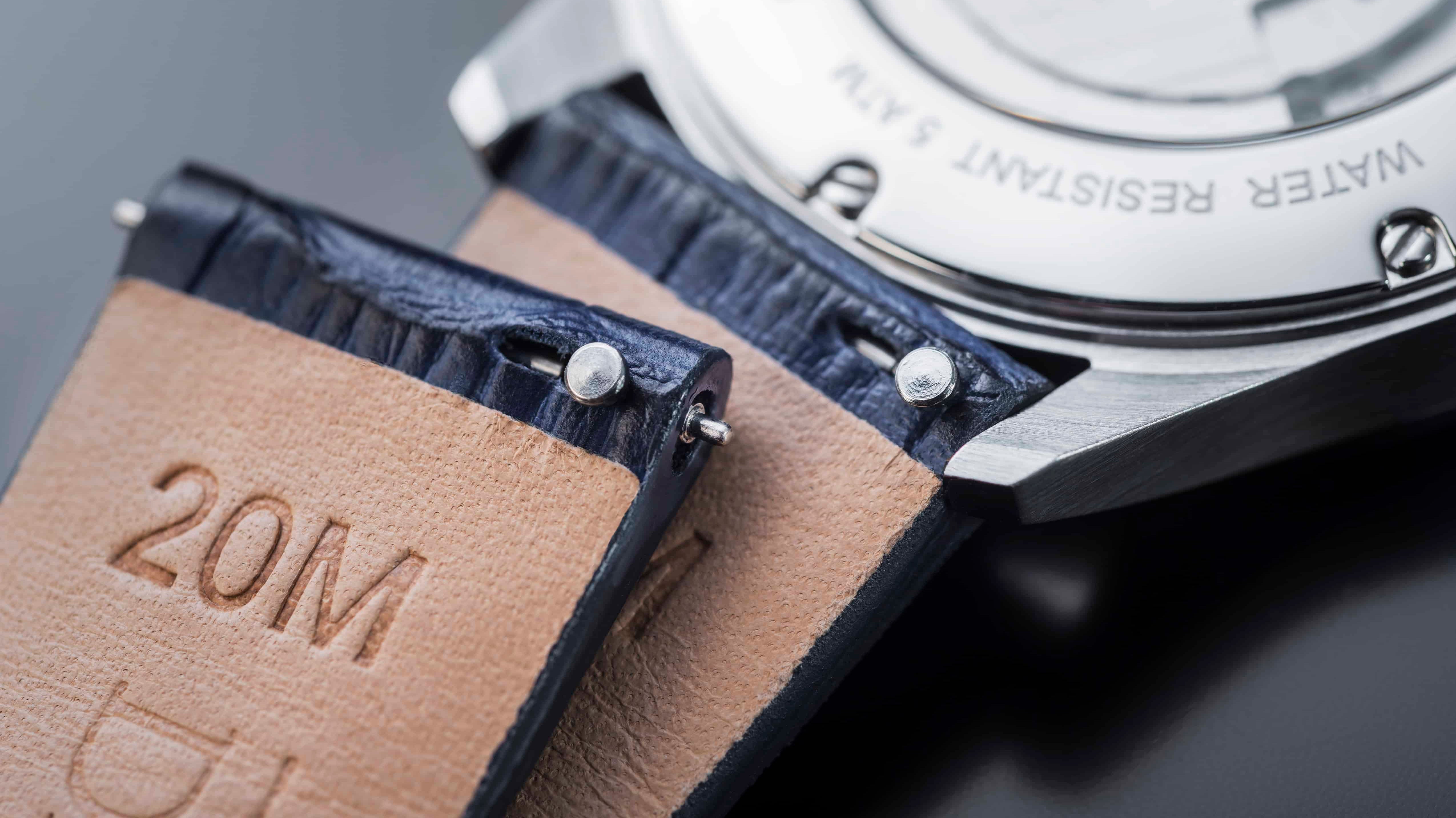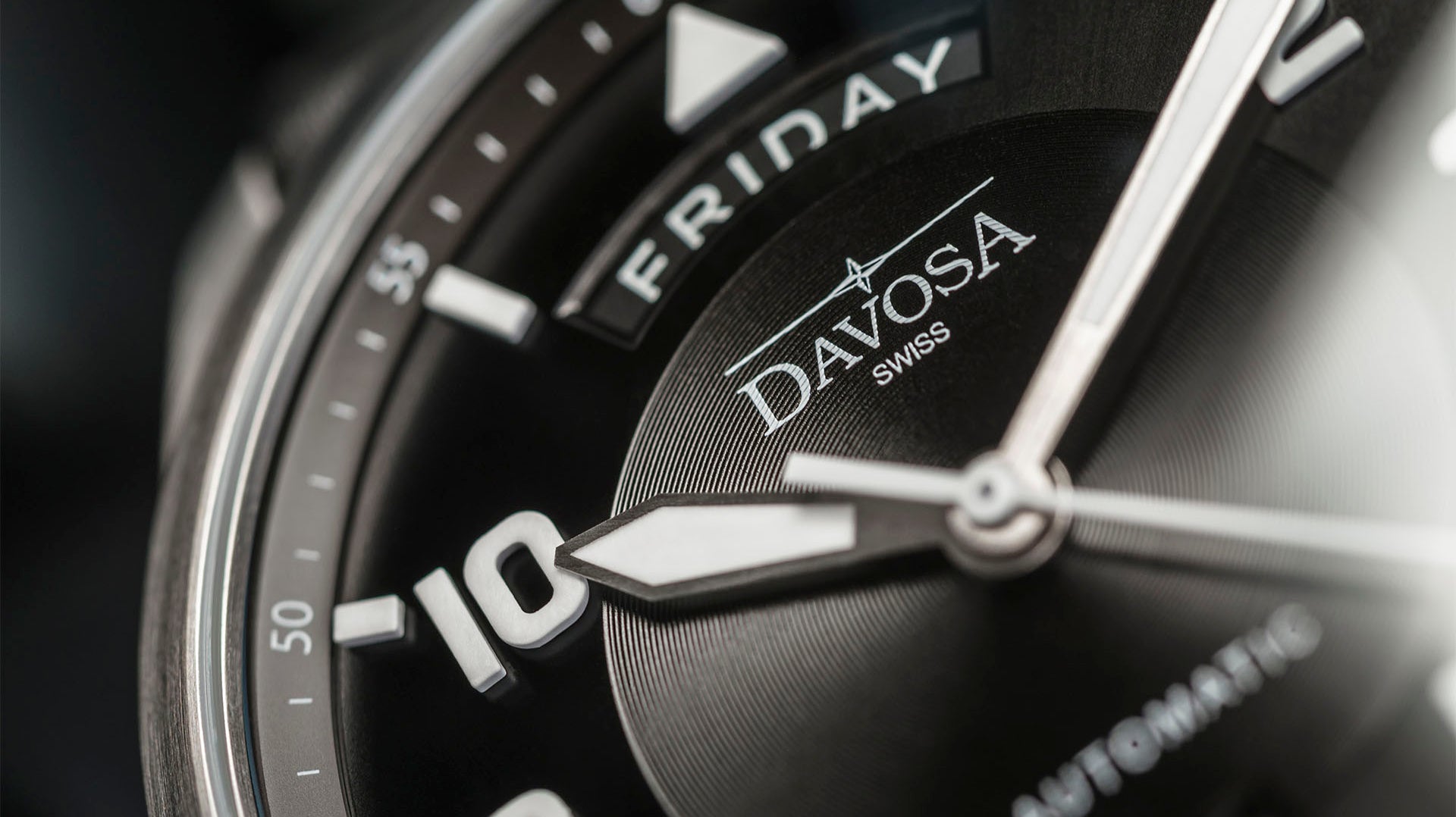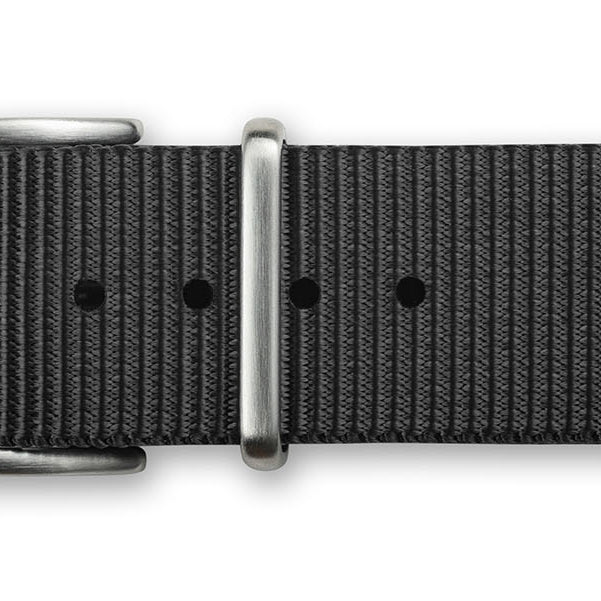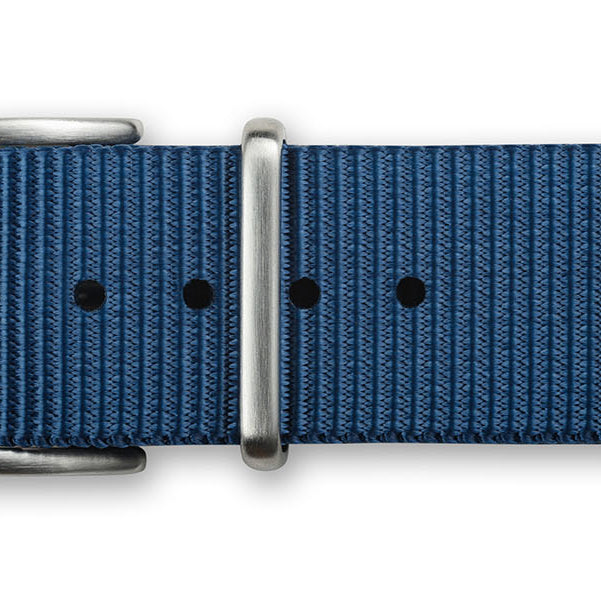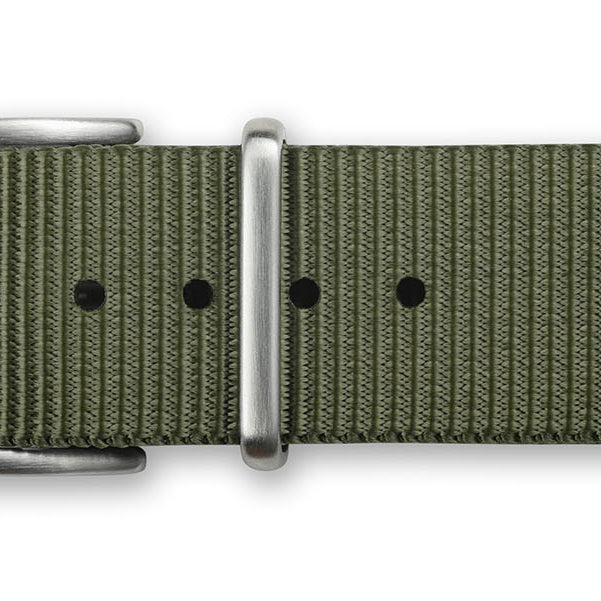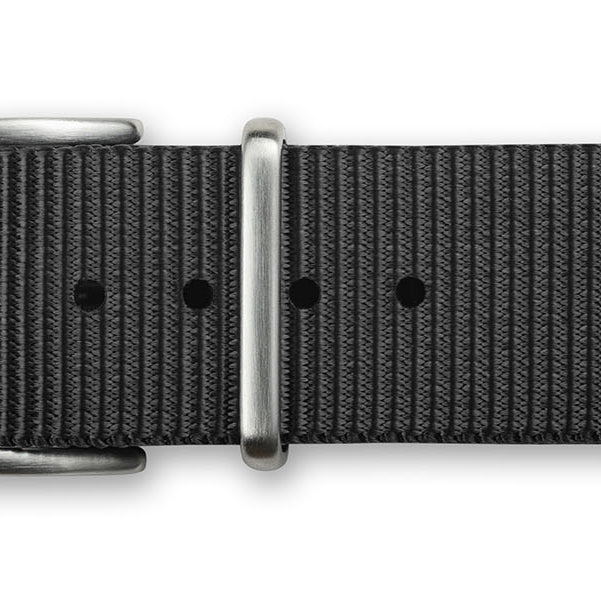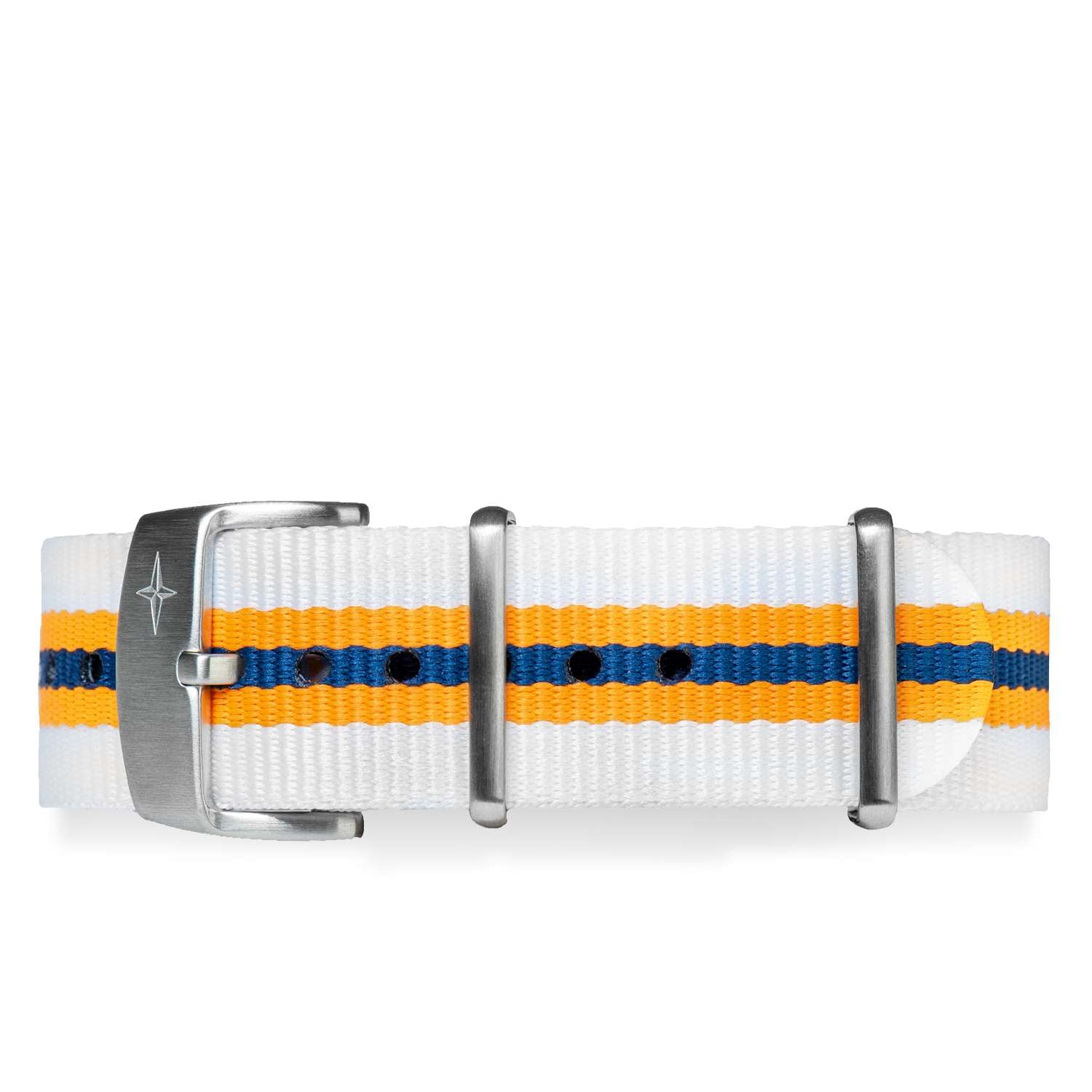Automatic watches have been, and continue to be, among the most popular models of mechanical watches, precisely because of their main feature: they work without having to be wound, like hand-wound watches, and without needing a battery, like quartz watches. They only need a few small steps to keep them in perfect working order in exchange for this flexibility.
We have already explained in our article about automatic watches how does a self winding watch work: so, if you're looking to solve all your doubts about an automatic watch winding and operation, you have come to the right place.

How to manually wind an automatic watch?
To answer this question, it's useful to take a little background check on how the self-winding watch came to be. Automatic calibers are a somewhat recent addition to horology. Some calibers were designed to be automatic from the drawing board: the first often had bumper mechanisms, and sometimes, no ways to wind them through the traditional crown and stem. In contrast, others were hand-wound mechanisms modified to become automatic, most often with the adoption of a central rotor placed in the back of the case.
This means that it is not necessarily always possible to wind an automatic watch manually. For example, many models of a very famous line of Seiko timepieces, the Seiko 5, cannot be wound by hand but only via the central rotor. Just think, the first automatic watch, designed by John Harwood in 1928, didn't even have a winding crown (the hours were adjusted by turning the bezel).
And in other cases, winding a watch manually may be possible but inconvenient to do or not recommended: this concerns most diver watches, which due to their waterproof nature, require that the crown be handled as little as possible.
So, if you want to discover how to wind an automatic watch manually, first make sure you can do it safely by consulting the internet or doing some tests.
In case it is possible, you should:
- unscrew the crown if necessary
- turn the crown clockwise 8-12 times (depending on the individual watch)
- if you feel excessive resistance, do not force winding

Is it OK to manually wind an automatic watch?
As we have said, many automatic watches are conceptually derived from manual mechanisms modified with the adoption of an automatic winding module located in the back of the case. If, for example, you remove this module, the basic mechanism of the watch will function normally - and can be wound by hand without problems.
But this depends from watch to watch: you have to remember that automatic watches were born around the thirties, and therefore there are many different movements, built in very different ways: therefore, before manually winding an automatic watch, it is desirable to do some research to see if it technically possible - and even if it is helpful to do it.

How many times do you need to wind an automatic watch?
An automatic watch is designed to be recharged continually when worn. So, it is not an issue knowing how often should you wind a watch: any automatic watch does not require a specific winding phase.
The motion of its winding mechanism, be it an oscillating weight or a rotor, keeps the mainspring wound and ensures that the watch has a sufficient power reserve (in modern timepieces usually is around 40 hours, although in some calibers it can reach 80). This means that winding an automatic watch, even if left on the nightstand overnight, is easy: and it will continue to run for the entire day after.
Once you put it back on your wrist, just wear it and proceed with the typical actions of everyday life to keep it running and reach the maximum level of its power reserve.

How do I know when my automatic watch is fully wound?
Verifying that a manual-winding watch is fully wound is relatively simple, but doing the same with an automatic timepiece is not. The only way to confirm that an automatic watch is fully wound is by trying to wind it manually and feeling if the crown offers too much resistance to manual winding.
Several automatic watches offer a useful winding indicator, which allows you to see on the dial how much charge they have: but there's also a point to be made that a worn automatic watch will always be at or near its maximum possible charge.
Can you wind an automatic watch by shaking?
If you remember the exploits of a famous international spy, you will know that he wanted his drinks "shaken, not stirred." But in the case of watches (and he brought a lot of them in his films), he certainly didn't express this preference: but you remember that it's useless to intervene too fiercely.
Remember that watches - and we'll never stop repeating this - are very sophisticated little mechanisms that depend on tight tolerances of their elements: and so they need to be treated with a bit of care. "Shaking" a watch is not exactly the best way to recharge it: or at least, do not shake it like you're preparing a cocktail.
It only takes a few rhythmic and measured wrist movements to start an automatic watch that has used up its charge: after doing so, adjust the time, and wear the timepiece normally. It will wind up without any further effort on your part in no time: after all, it is called "automatic" for a particular reason!

Can you overwind an automatic watch?
I have a surprise for you: overwinding doesn't exist. Or rather, it was defeated around 1850, when a certain Adrien Philippe (the second part of Patek Philippe) invented the bridle. This element is a big thick spring inserted into the barrel and has a nail connecting to the mainspring.
If you keep forcing the mainspring to wind, the tension applied to the bridle will exceed the static pressure that holds it in place, and it will slip inside the barrel. In this way, the strain on the coiled spring is released, preventing it from breaking.
In addition to this mechanism, automatic winding systems have introduced other specific elements to protect the mainspring. For example, in self-winding watches, automatic watch winding can be stopped by a clutch. This element is designed to slide off when it encounters resistance above a specific limit. Therefore, even if the winding rotor continues to turn, its movement will not be transmitted to a mainspring that is already fully wound.

Is it OK to leave an automatic watch unwound?
On this specific subject, there are two schools of thought. The first says that watches should always be running, and therefore must be wound constantly. The other school of thought asserts that a watch should only be wound when needed to avoid putting unnecessary strain on the watch mechanism.
While there are good reasons on both sides, in the end, this is a very personal choice. If you're used to having a watch that you pull out of the drawer and can put on right away without winding and adjusting it, as is the case with most quartz watches, then you'll want your automatic to be ready for use at all times. In this case, there are many manufacturers of "timeboxes," small boxes that, thanks to the movement of an electric motor, reproduce the action of a human arm that winds the watch.
Remember, however, that continuing to wind a watch subjects its movement to continuous stress: therefore, you must remember to perform precise and timely services (usually every five years) to ensure that your timepiece is always in total efficiency.
If, however, you think this is all too much, that's OK too. Store your watch with care, and once you've pulled it out of the drawer and moved it gently to give it its first winding, adjust it and then wear it normally, keeping an eye out that it doesn't stop for some reason. Remember that the five-year uptime between services applies to you as well!

To conclude
An automatic watch is an excellent combination of a hand-wound watch and a quartz watch: it has the same elegant charm and smooth, flowing operation of the second hand of a handwound watch, but it does not need any manual winding, if and when worn, exactly like a quartz watch.
Of course, it takes less time to wind than a quartz watch - typically, a couple of days - but commonly, this is enough time to ensure that the timepiece does not stop, even if it is not worn for a while.
In general, it's always helpful to remember that a mechanical watch is always a little more delicate than a quartz watch, so you need to treat it with a bit of care. Also, if you are precision-obsessed, an automatic watch accuracy will always be less than a quartz watch’s. But, despite these shortcomings, if you do treat it well, it will accompany you for many years, faithfully ticking until you decide it is time to bestow it to your children.
The Davosa-USA.com website is NOT affiliated in any way with Audemars Piguet, Franck Muller USA, Inc. Richard Mille or Richemont Companies, Seiko, or any other brand which is not Davosa Swiss. Rolex is a registered trademark of Rolex USA. Davosa-USA website is not an authorized dealer, reseller, or distributor for Rolex and is in NO WAY affiliated with Rolex SA or Rolex USA or any other brand besides Davosa Swiss. |

